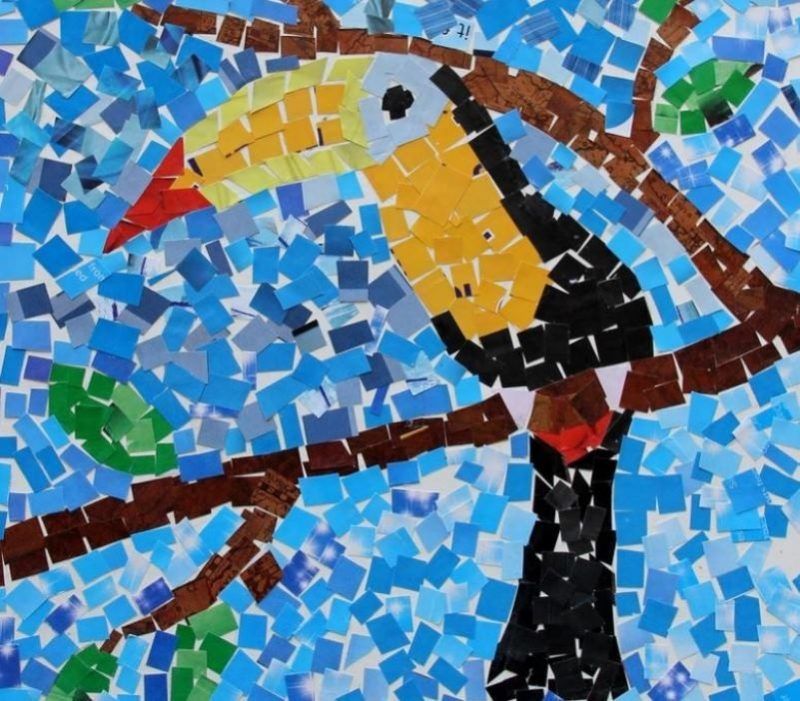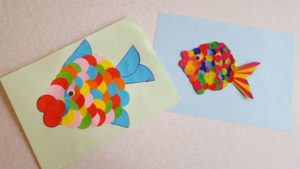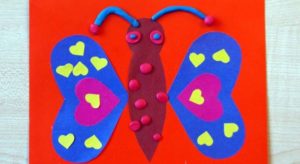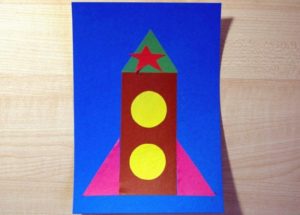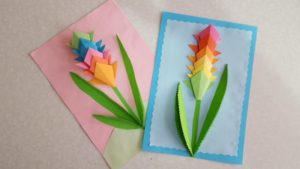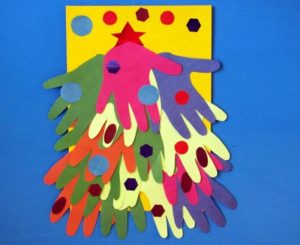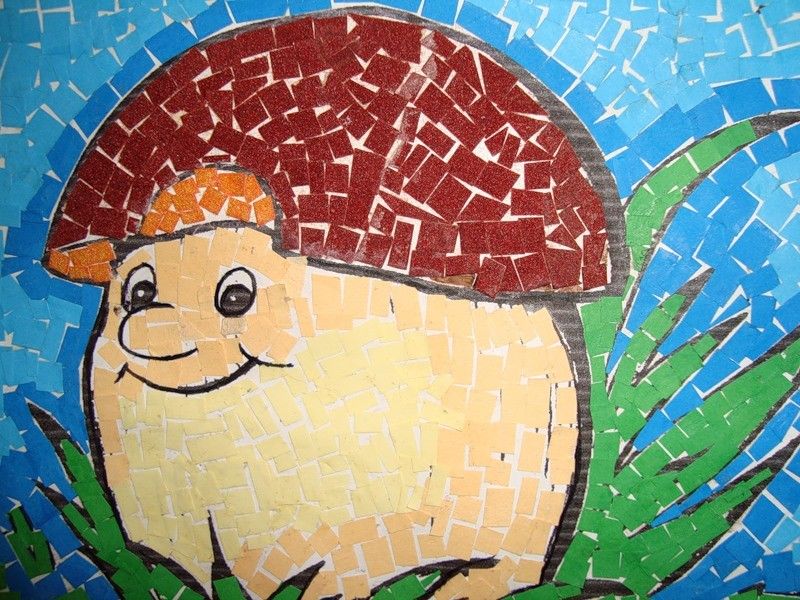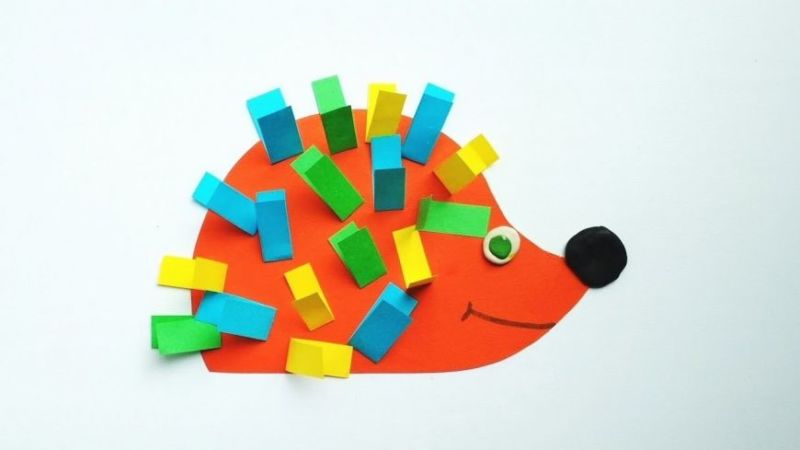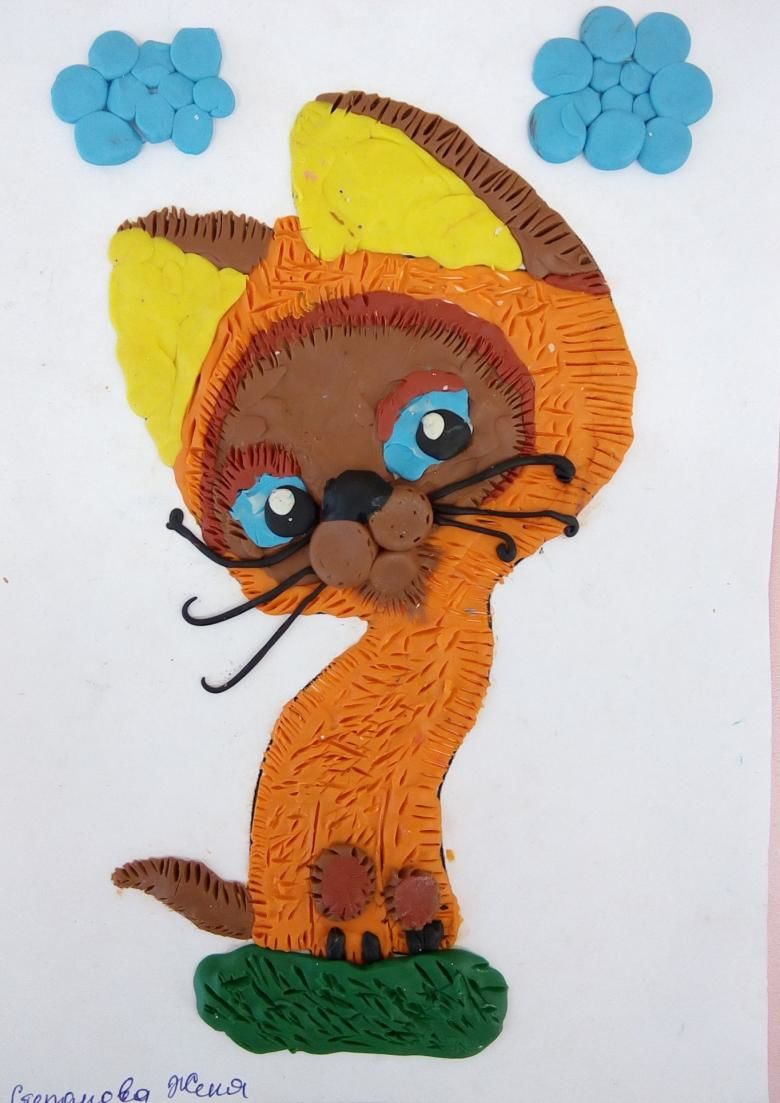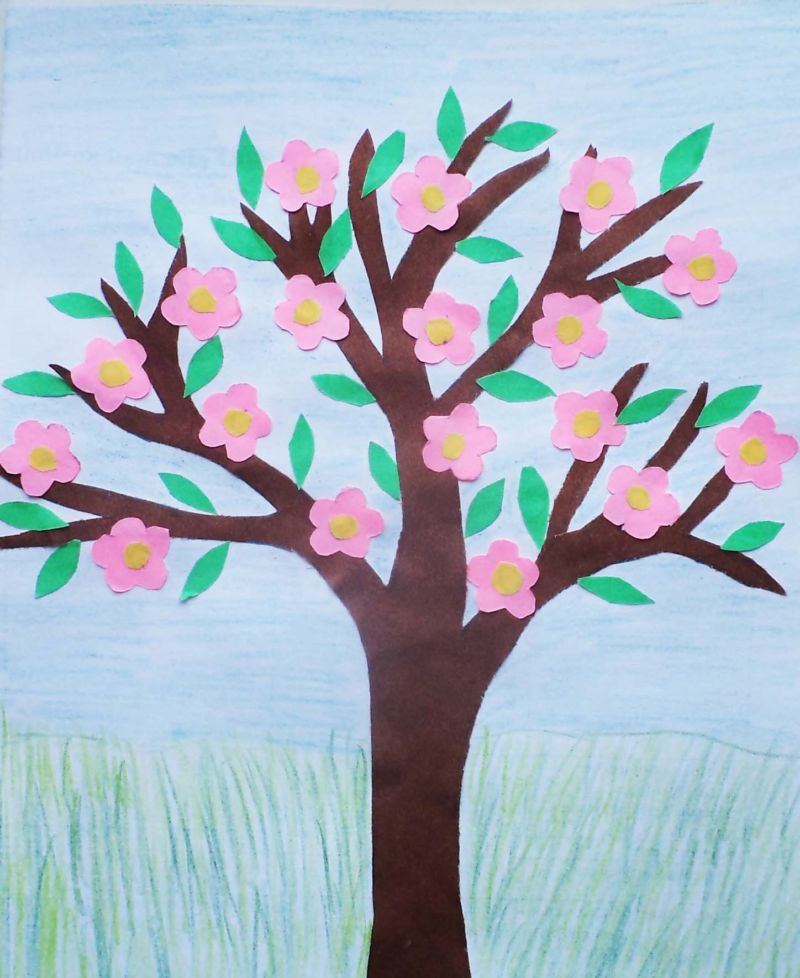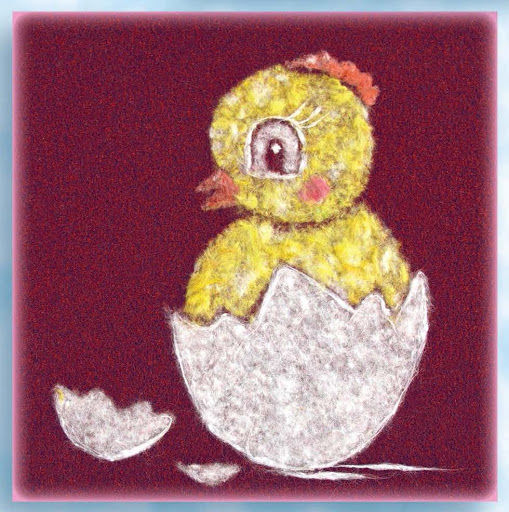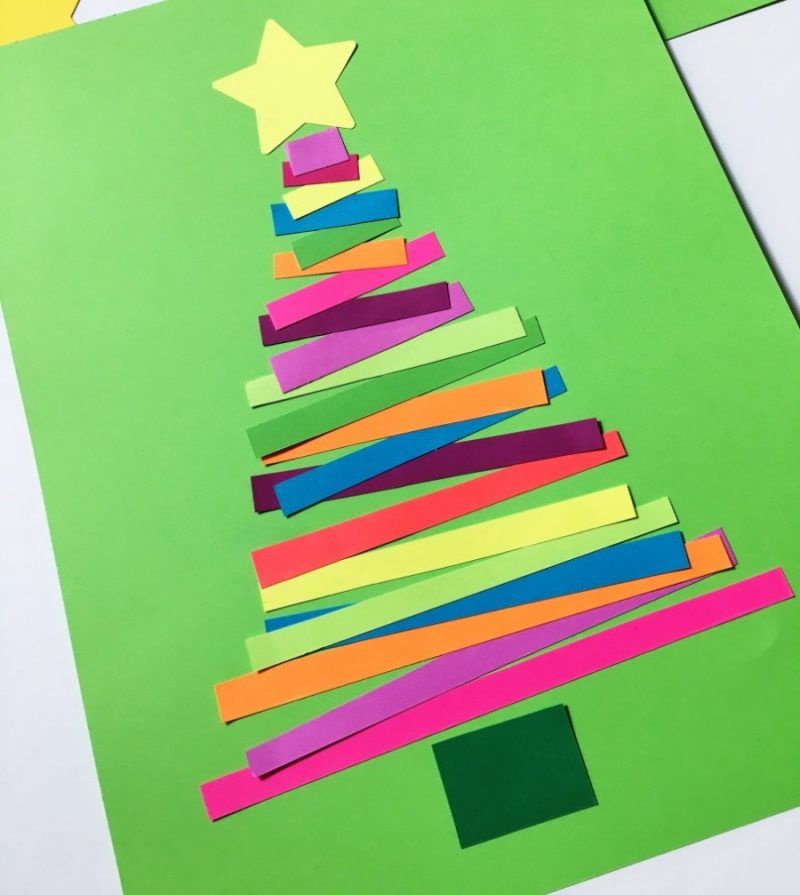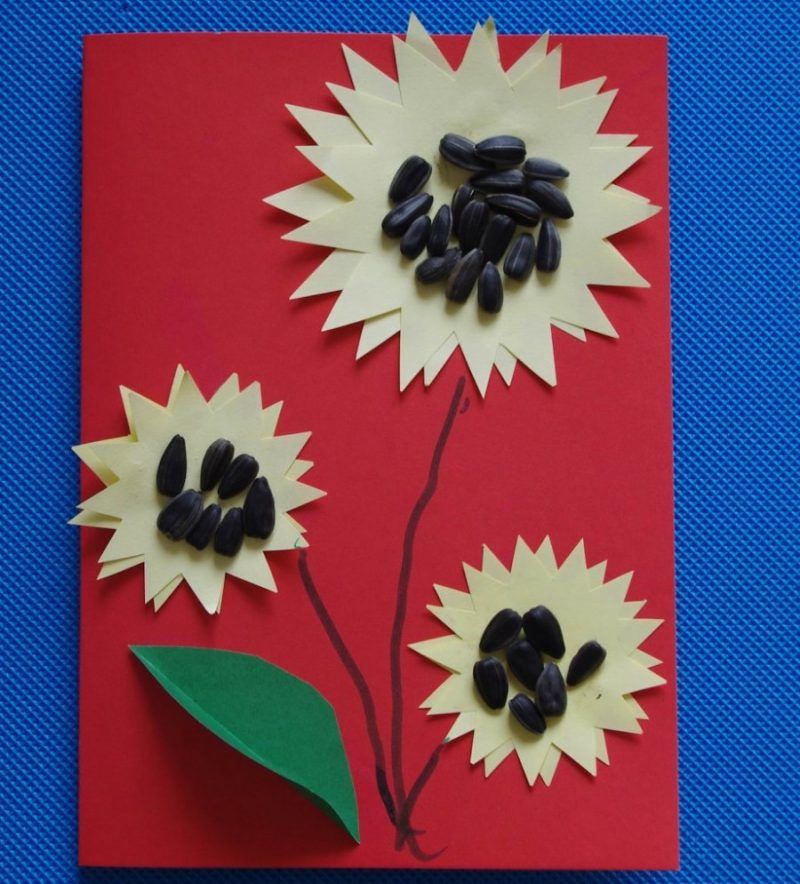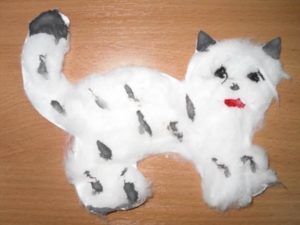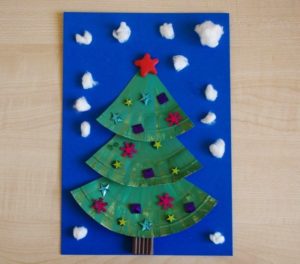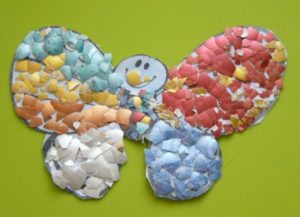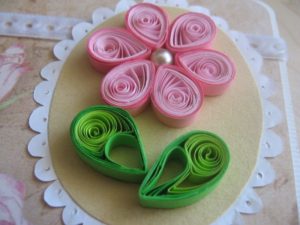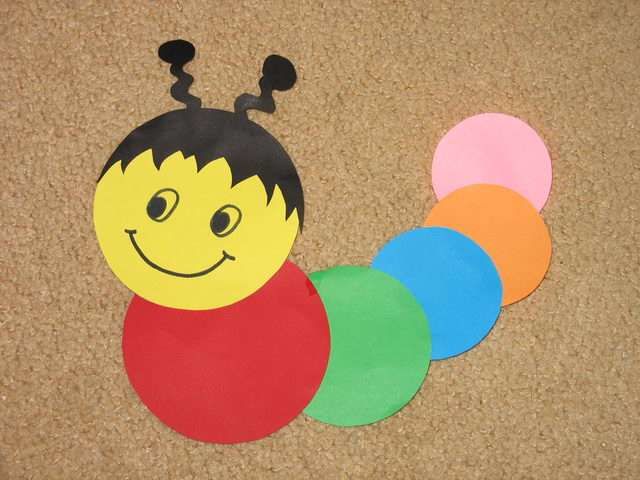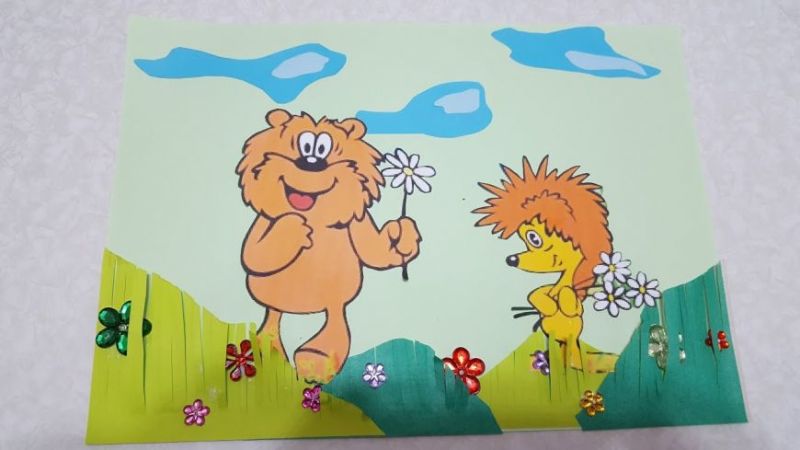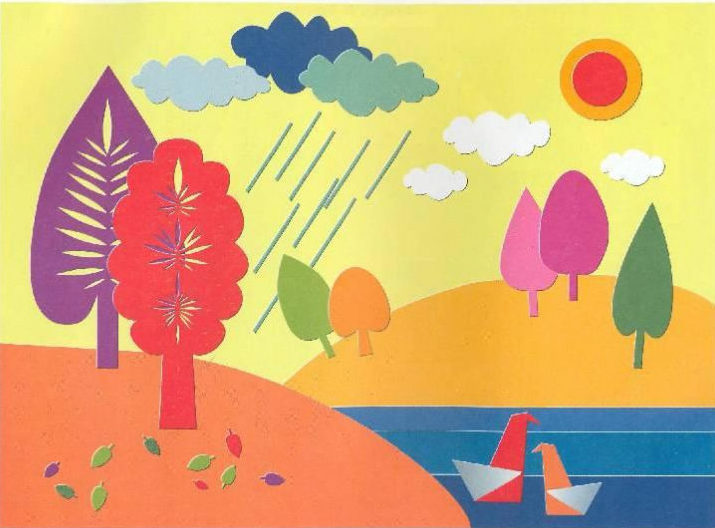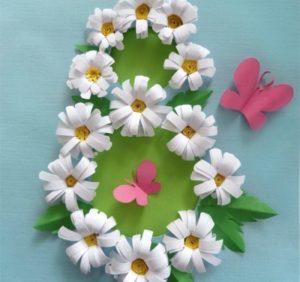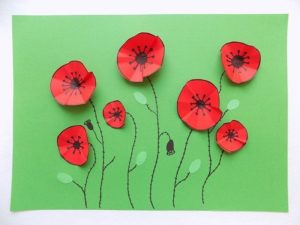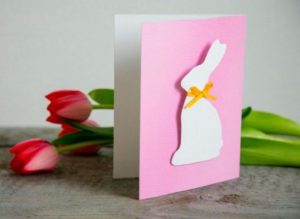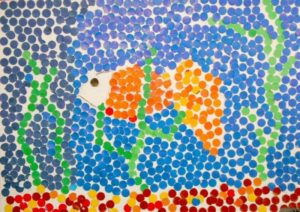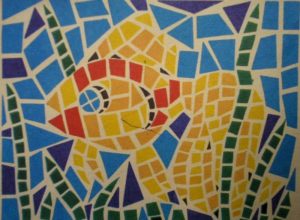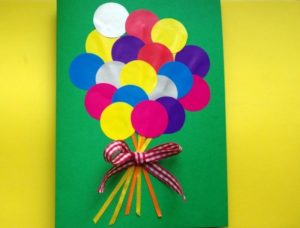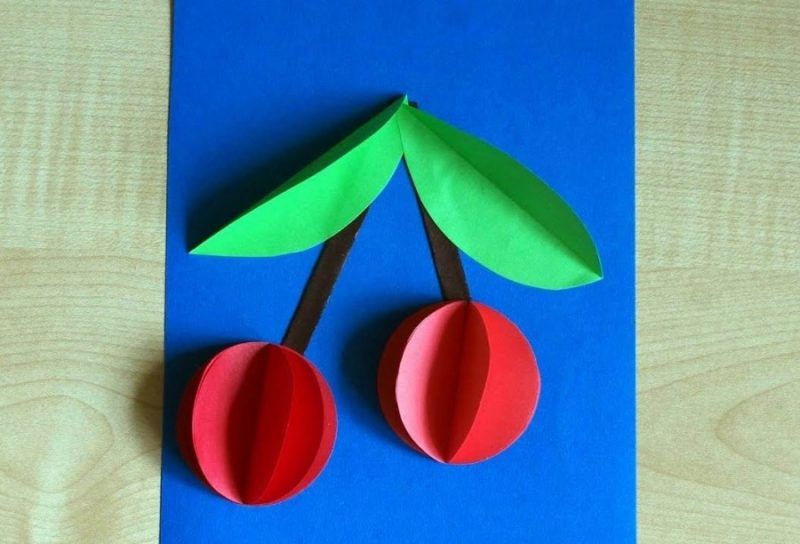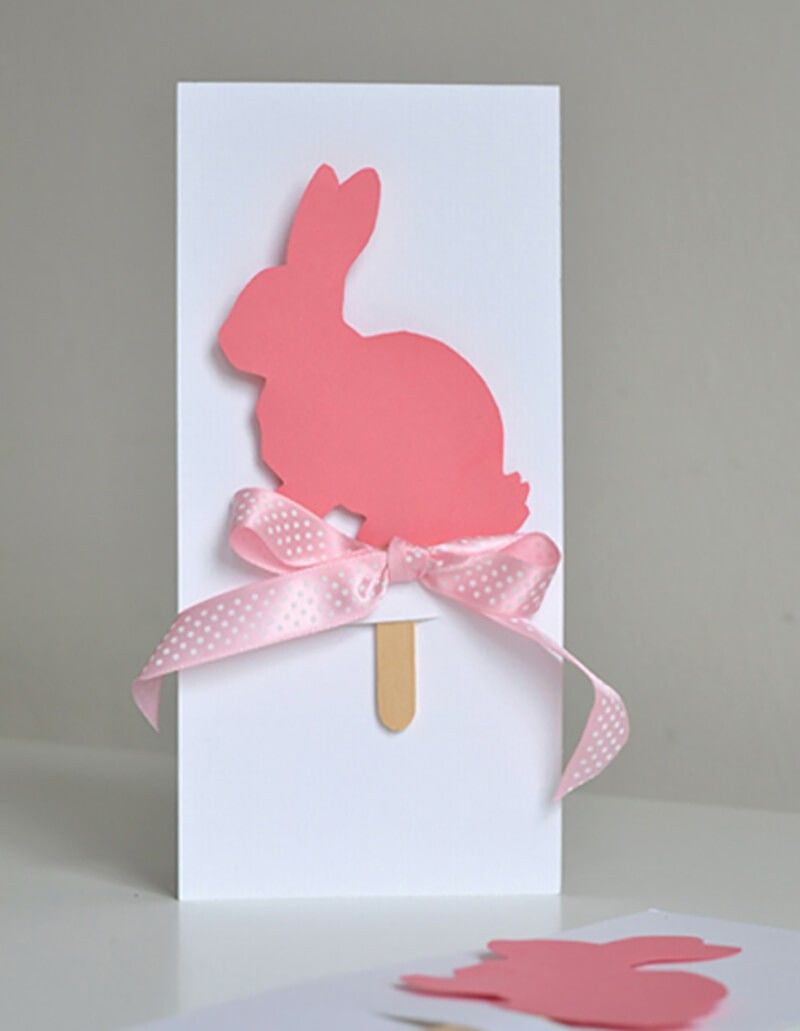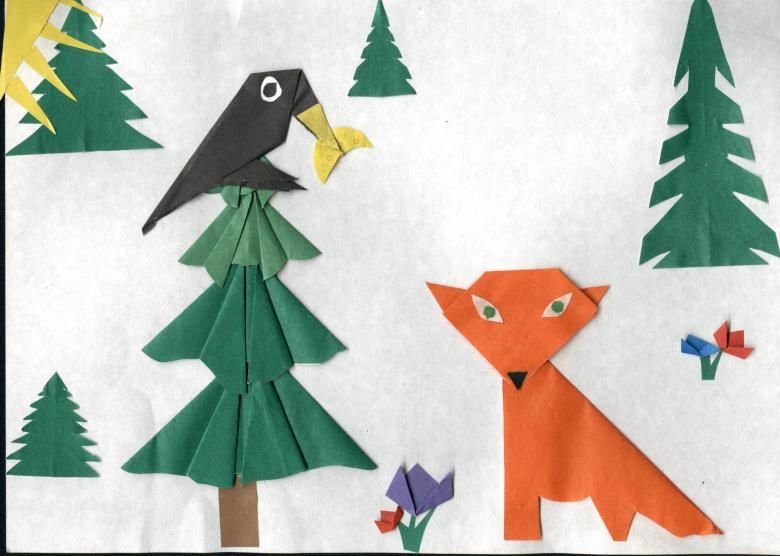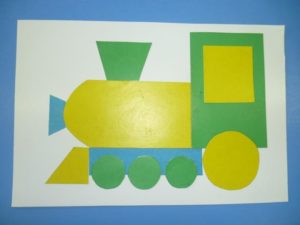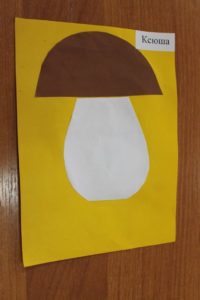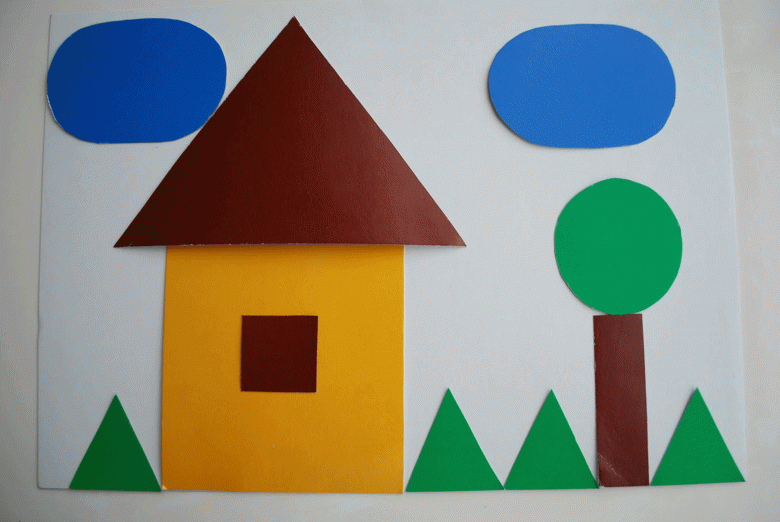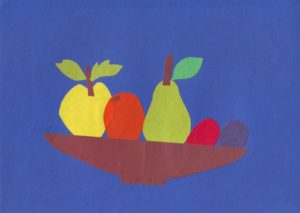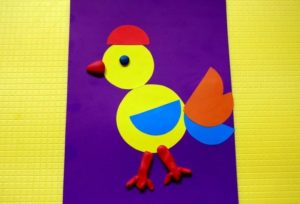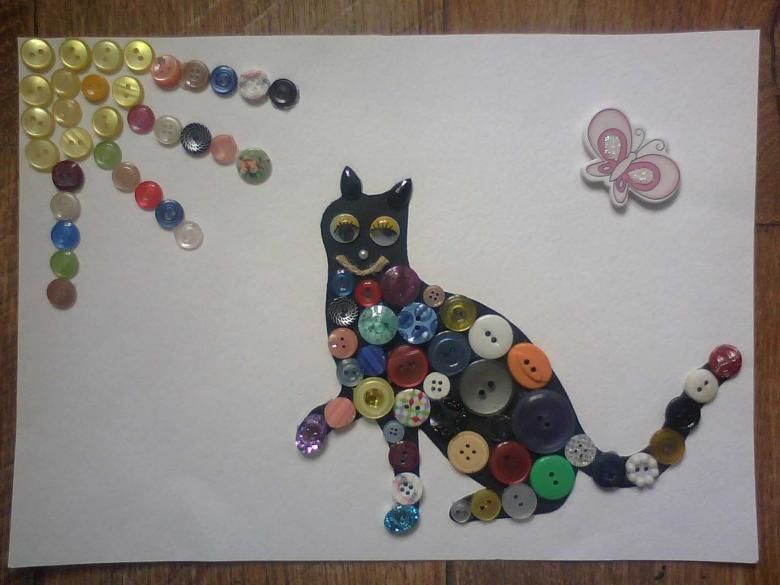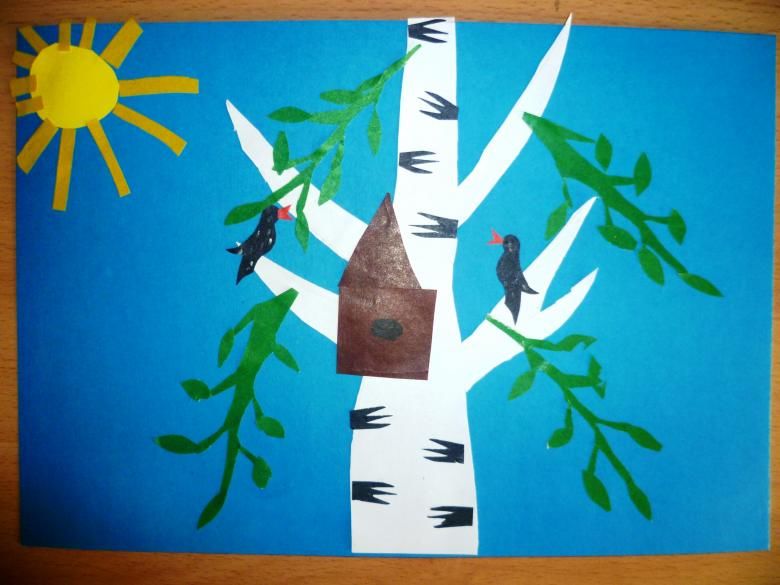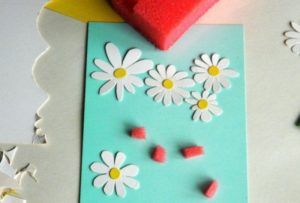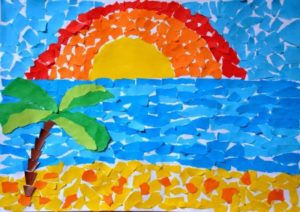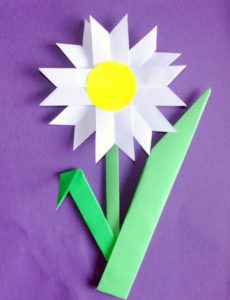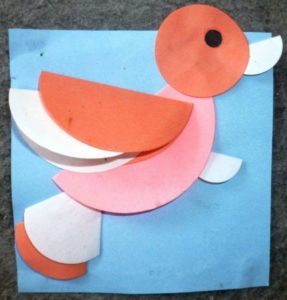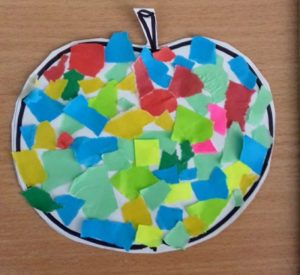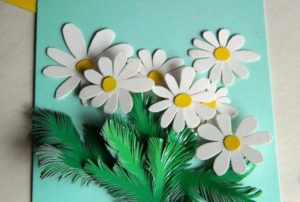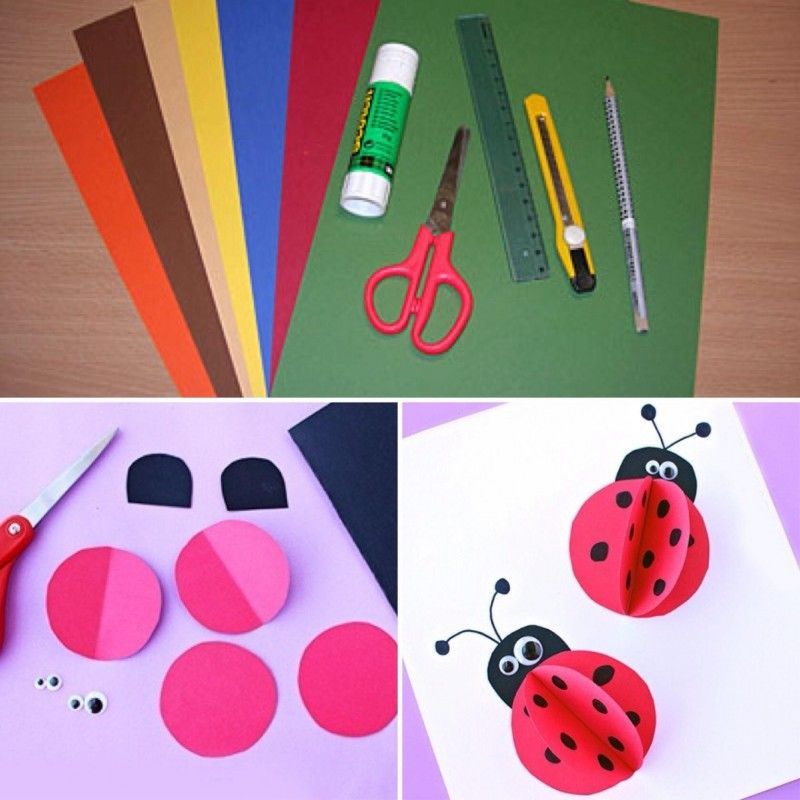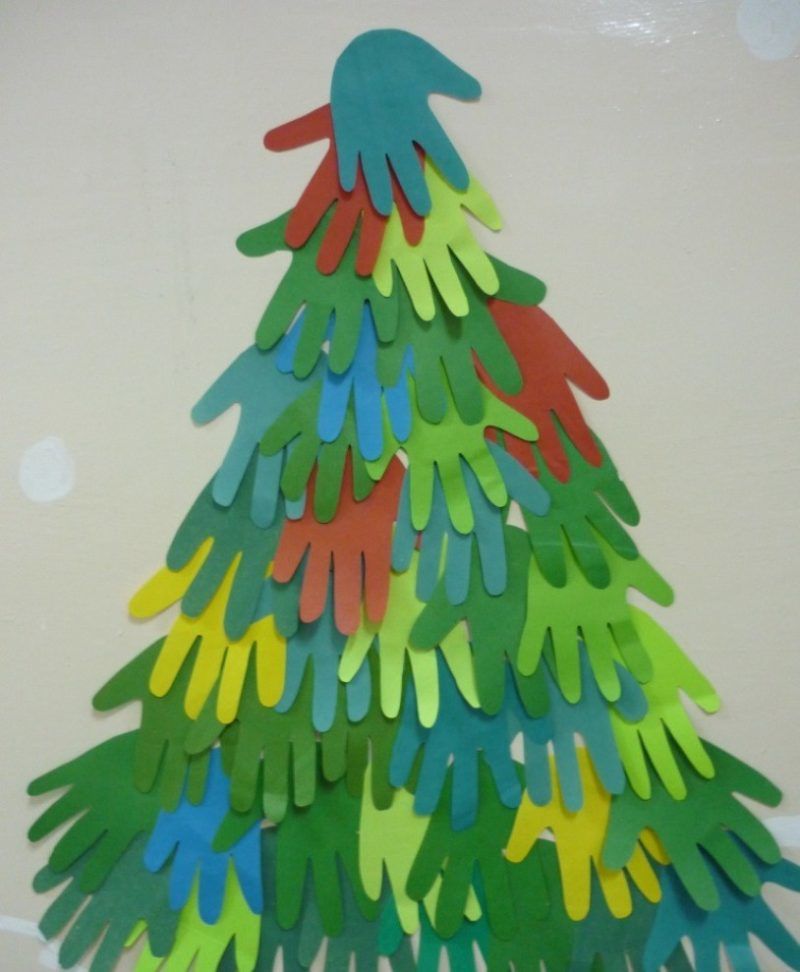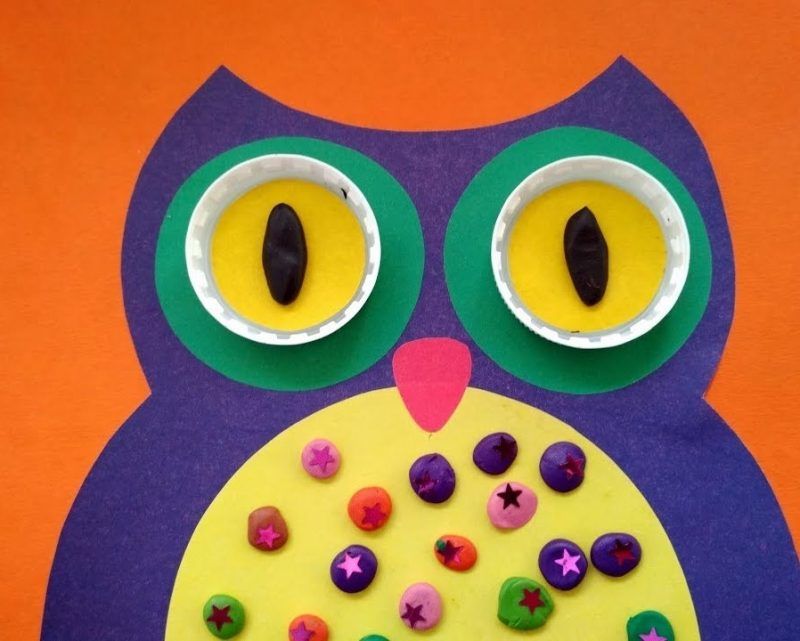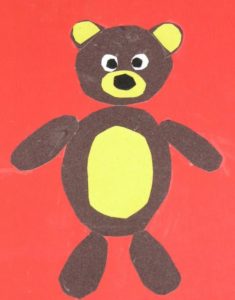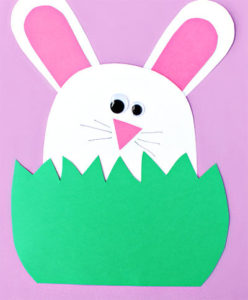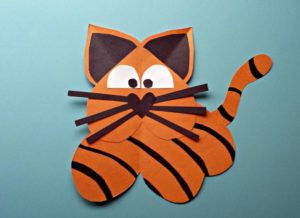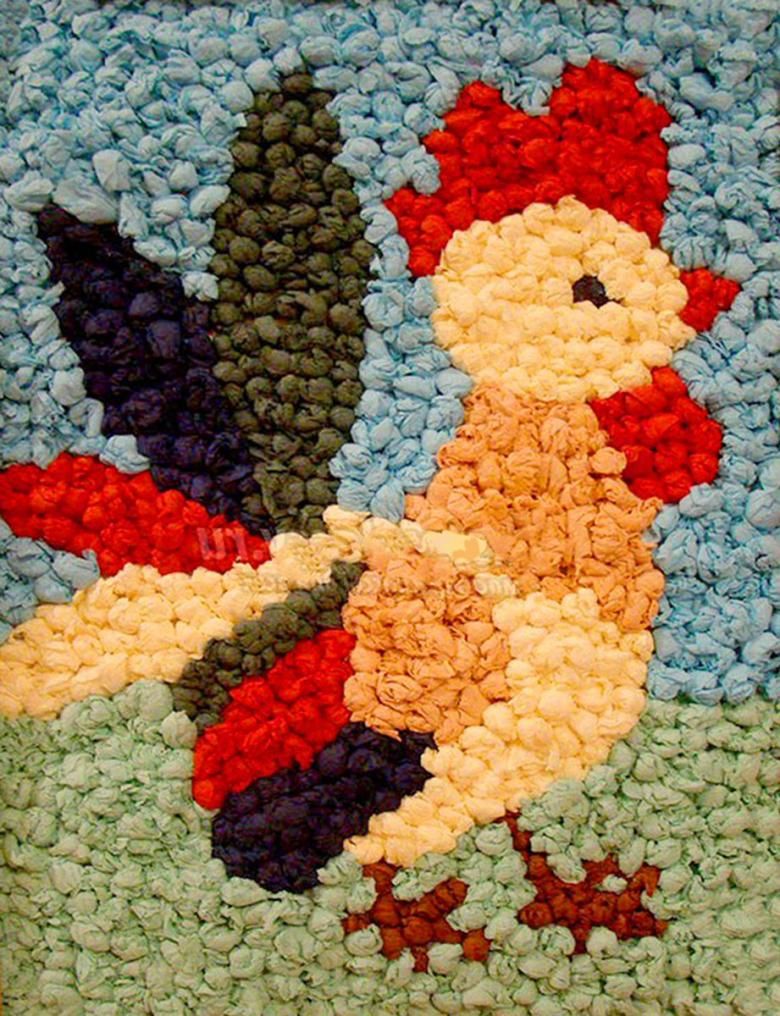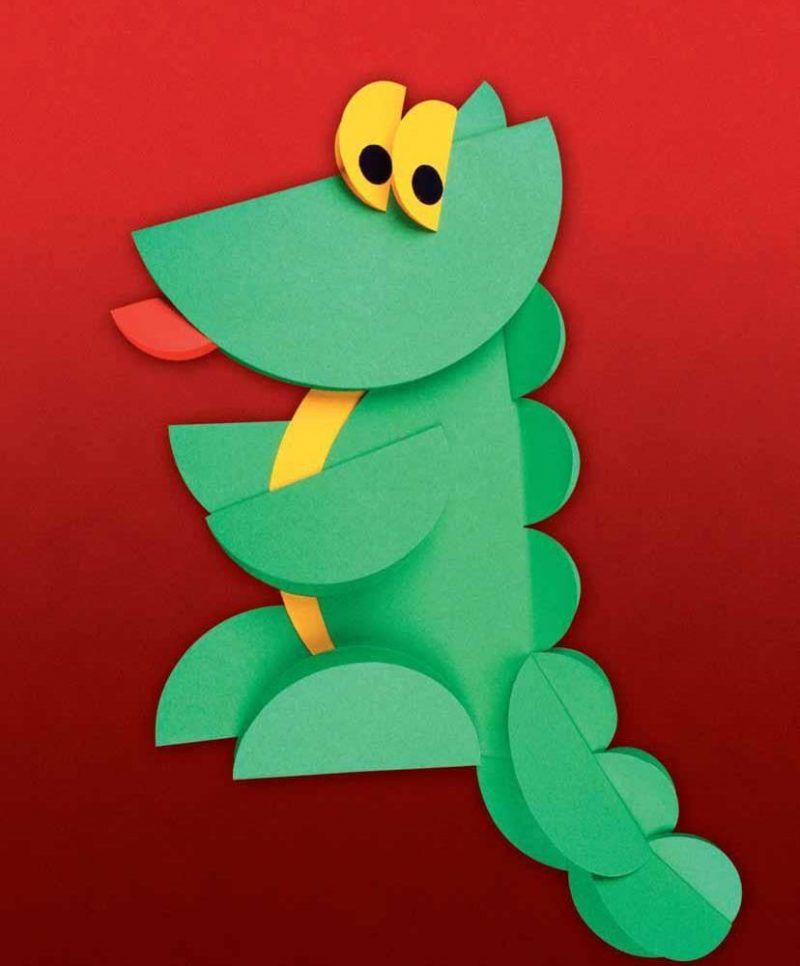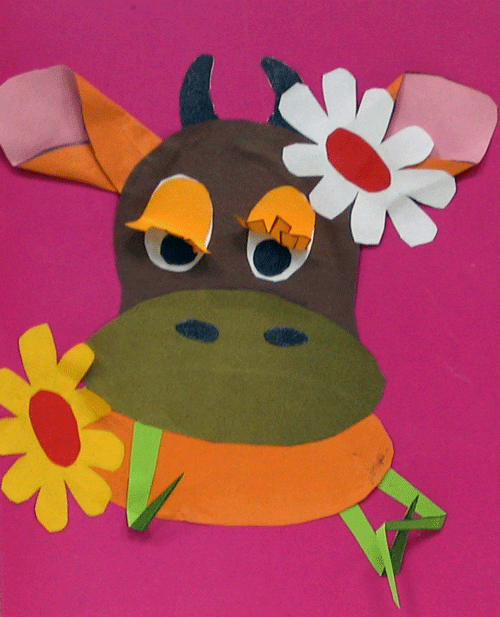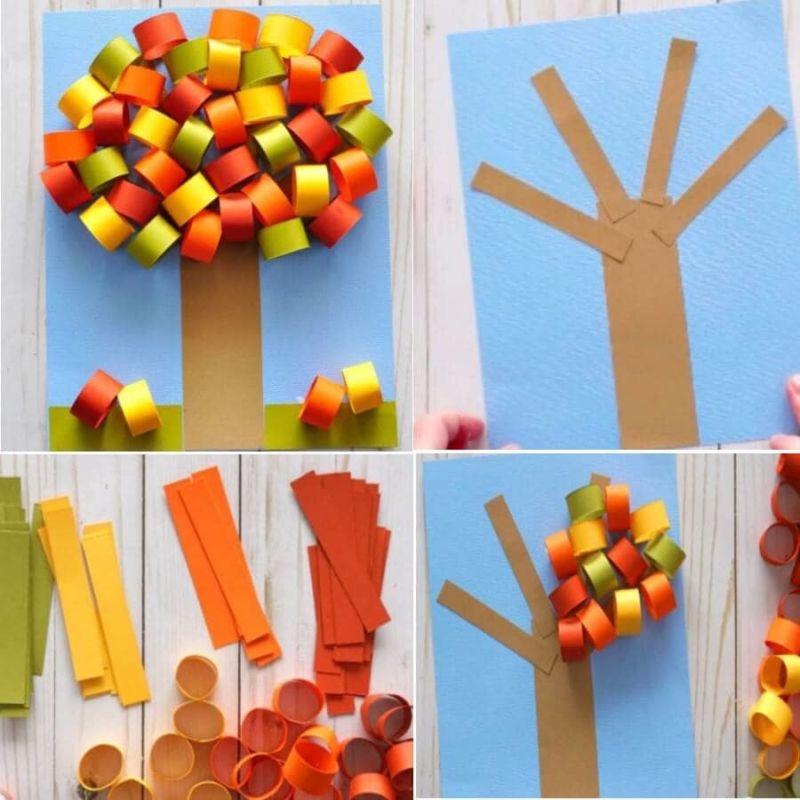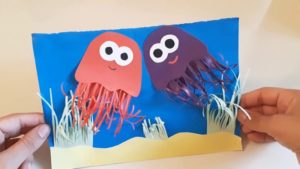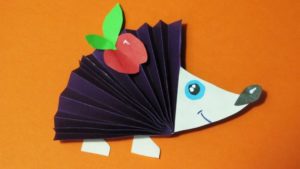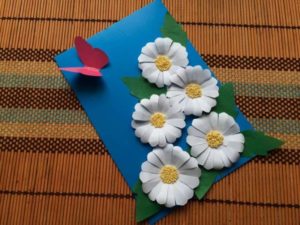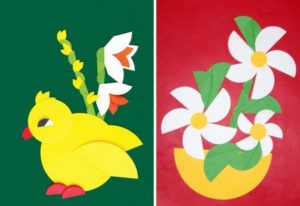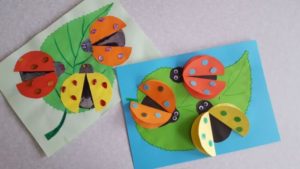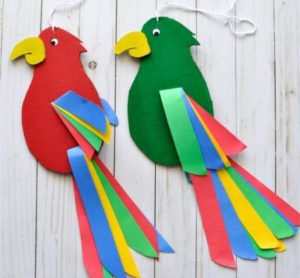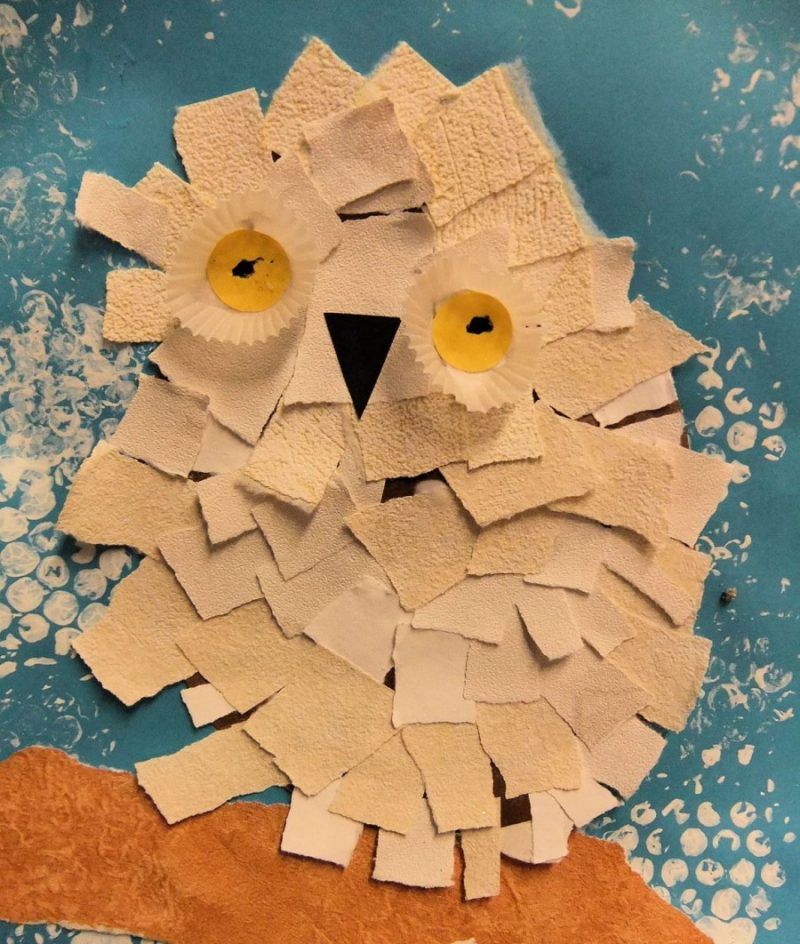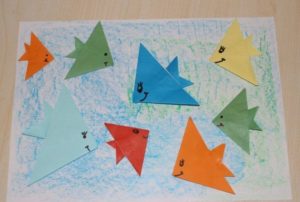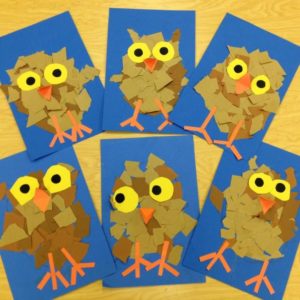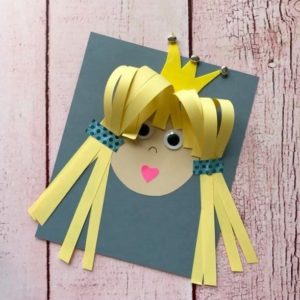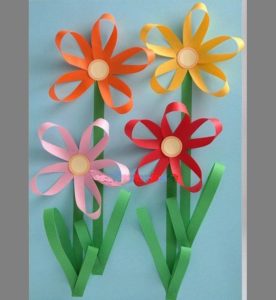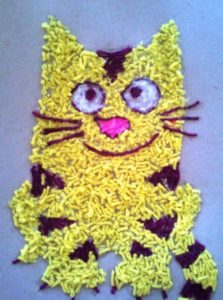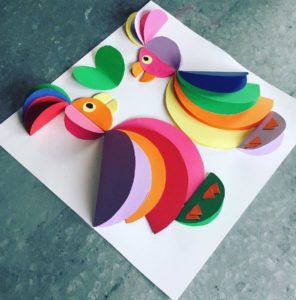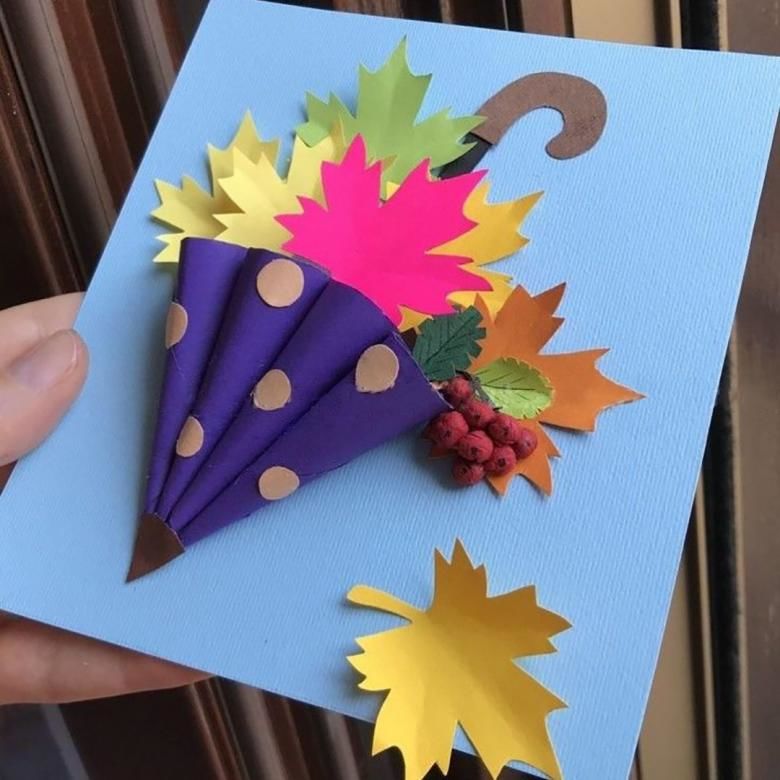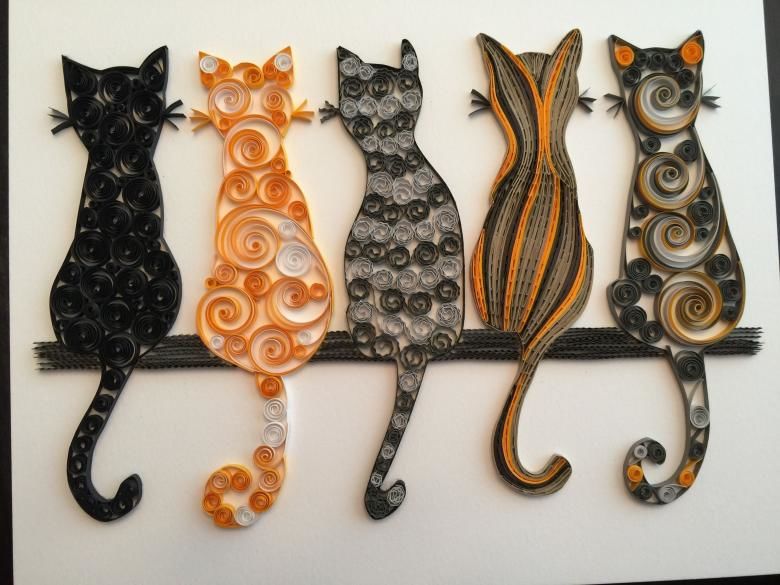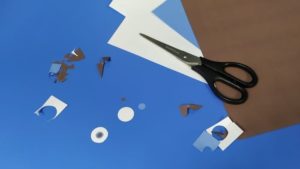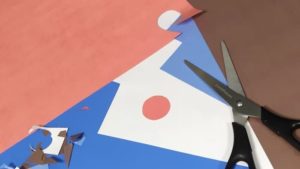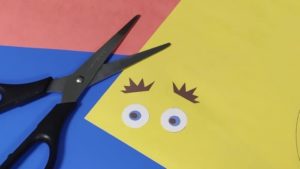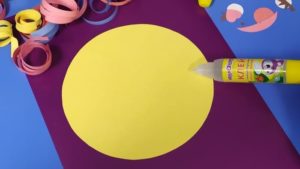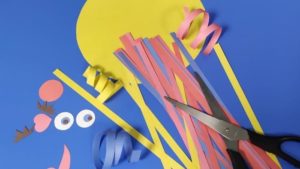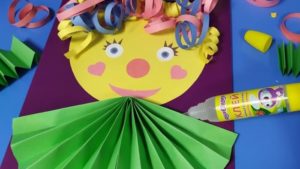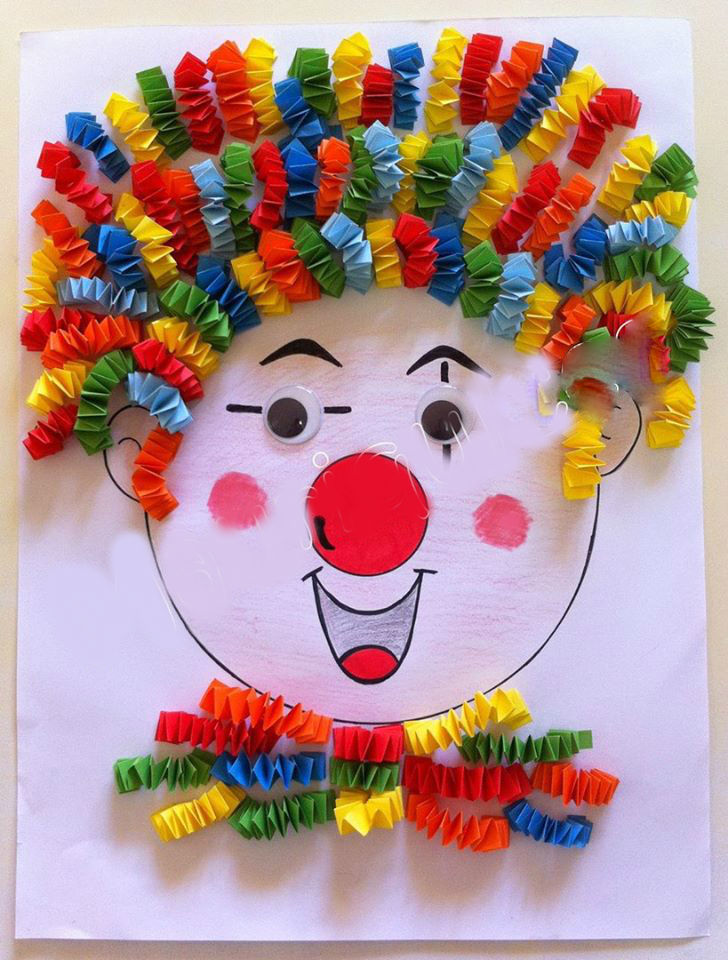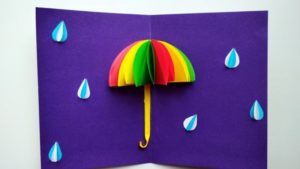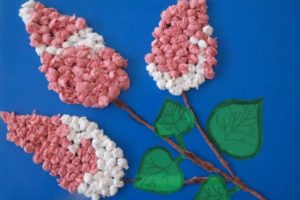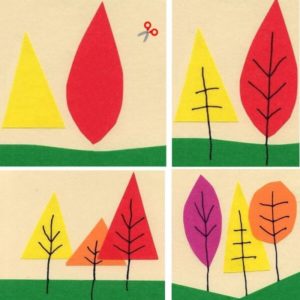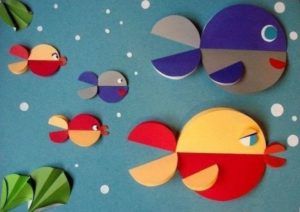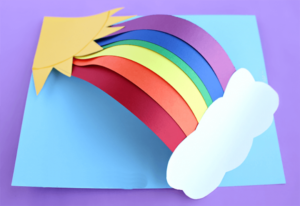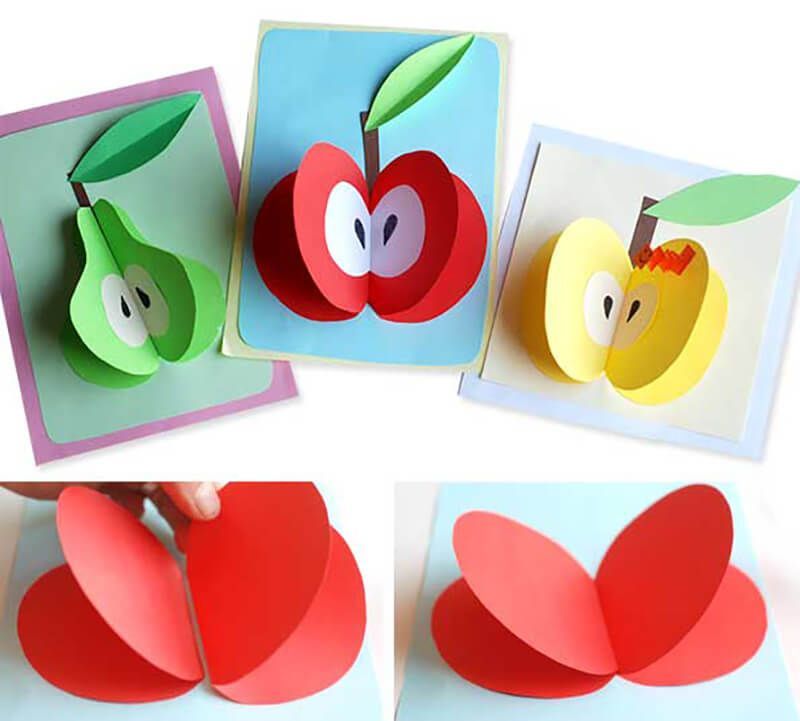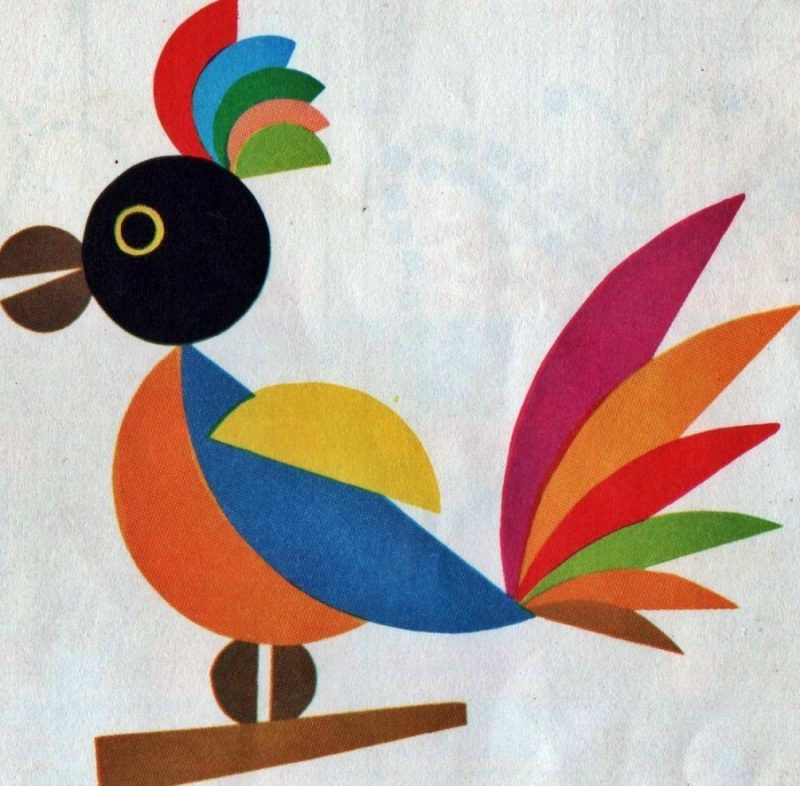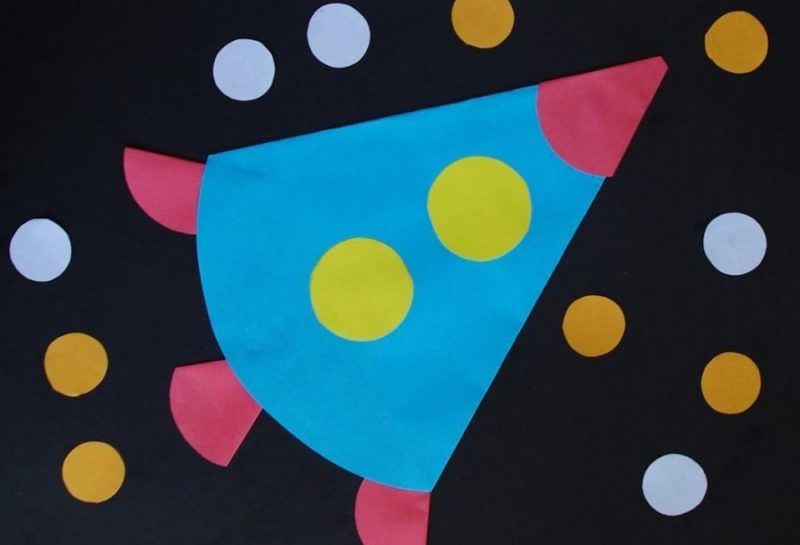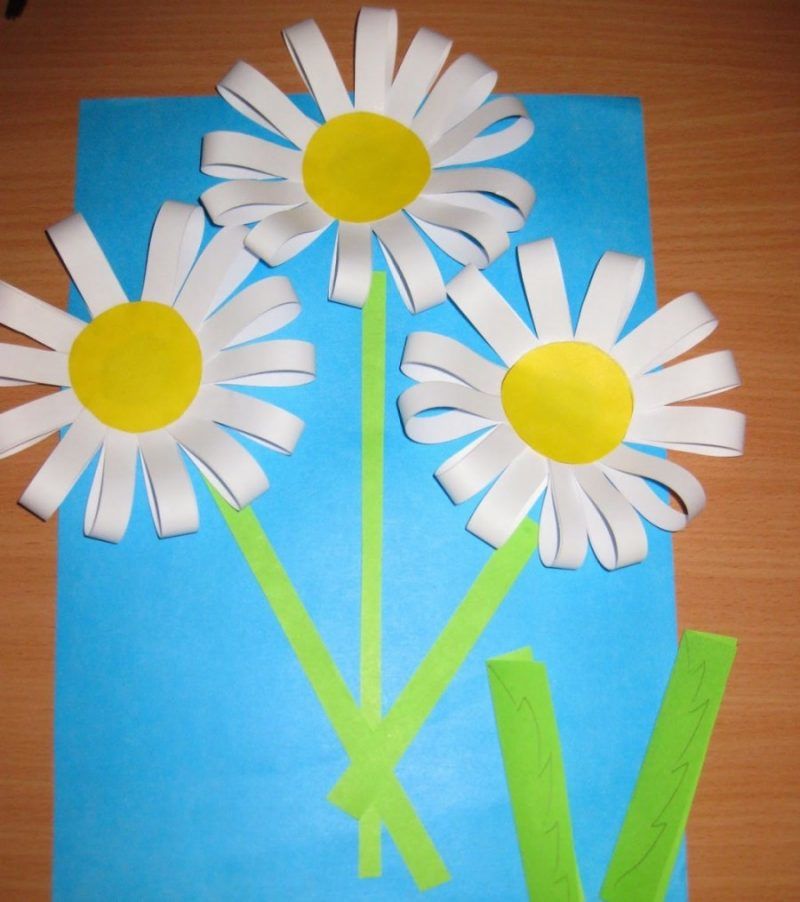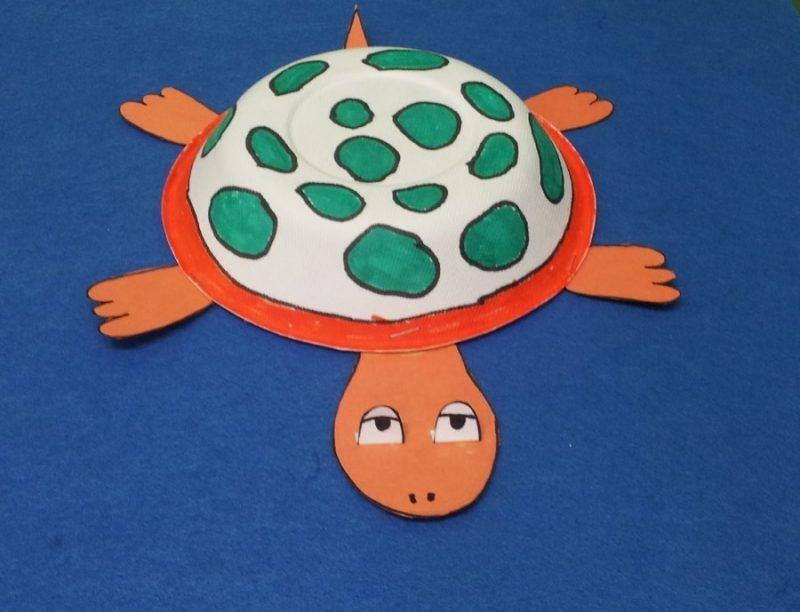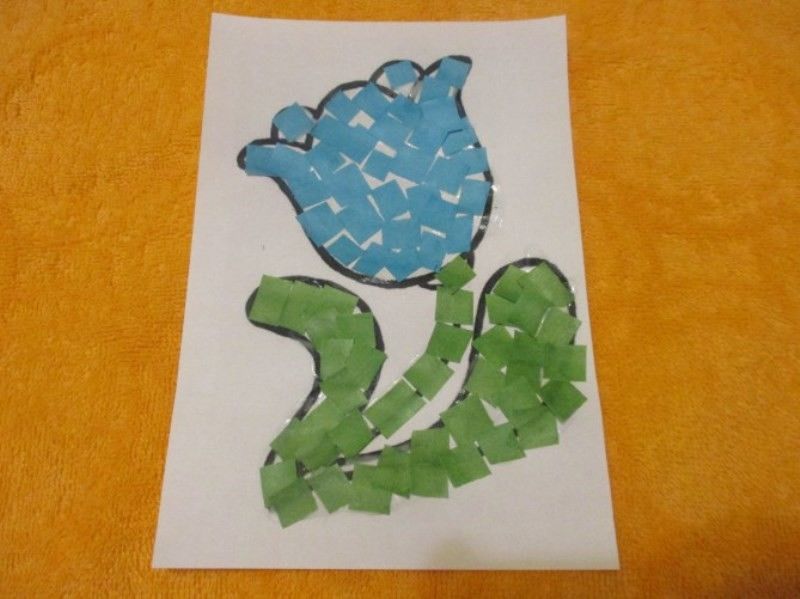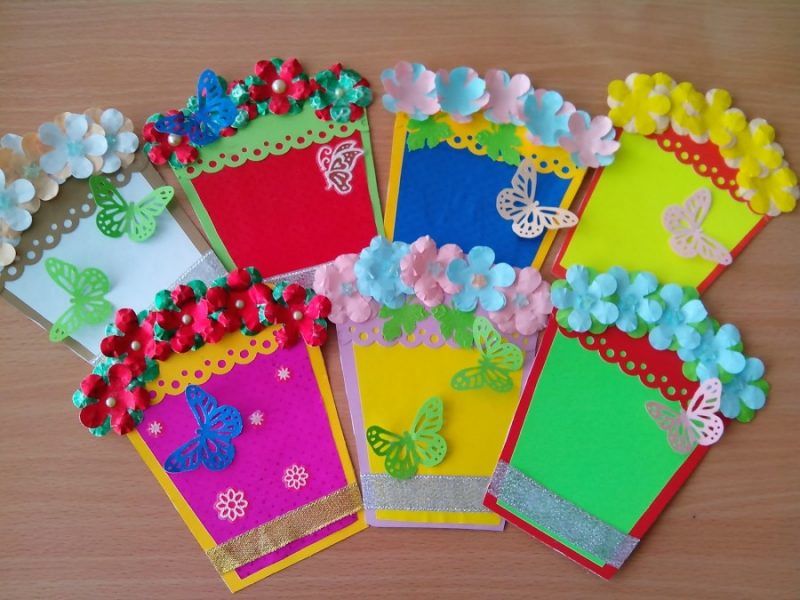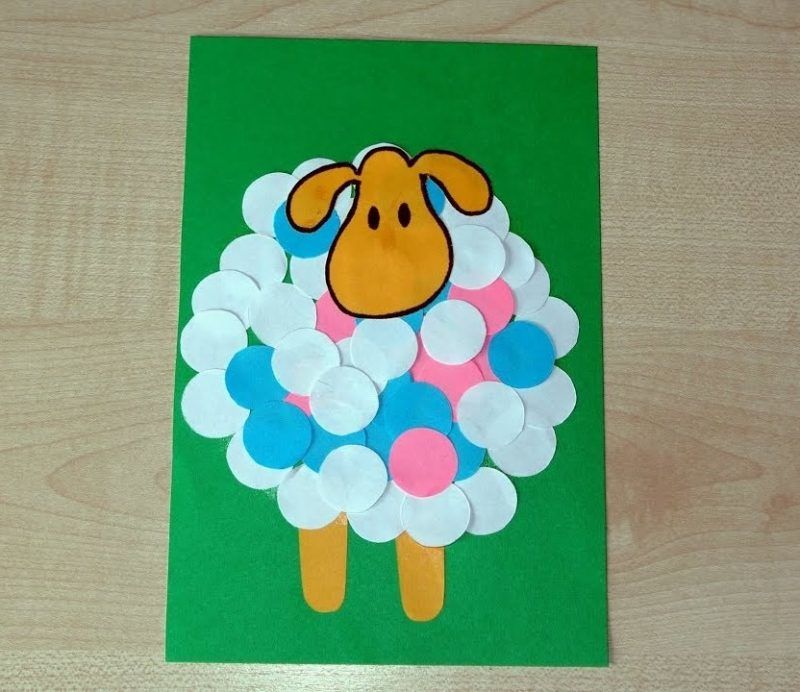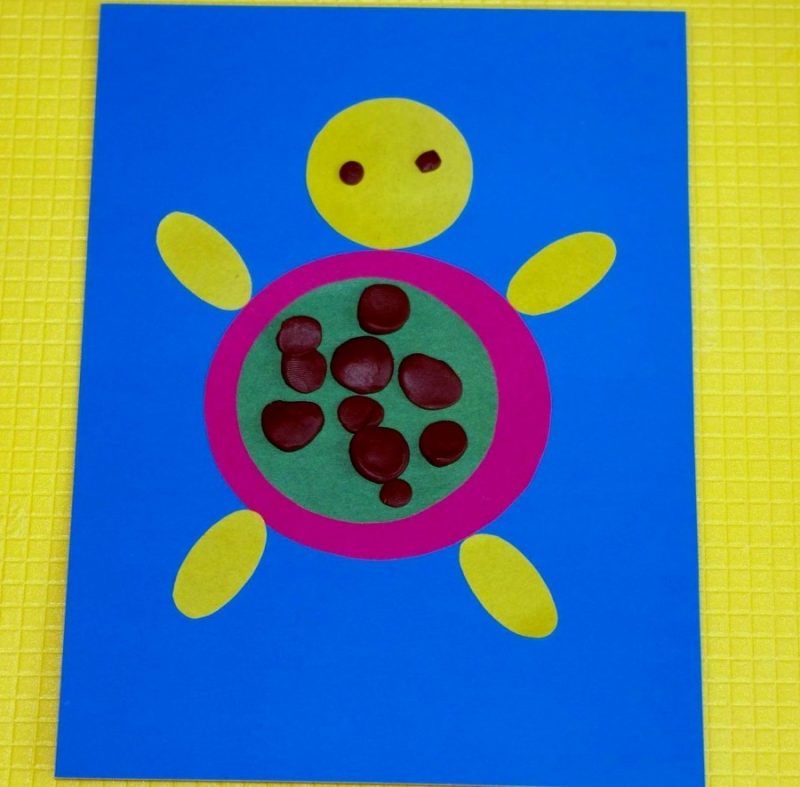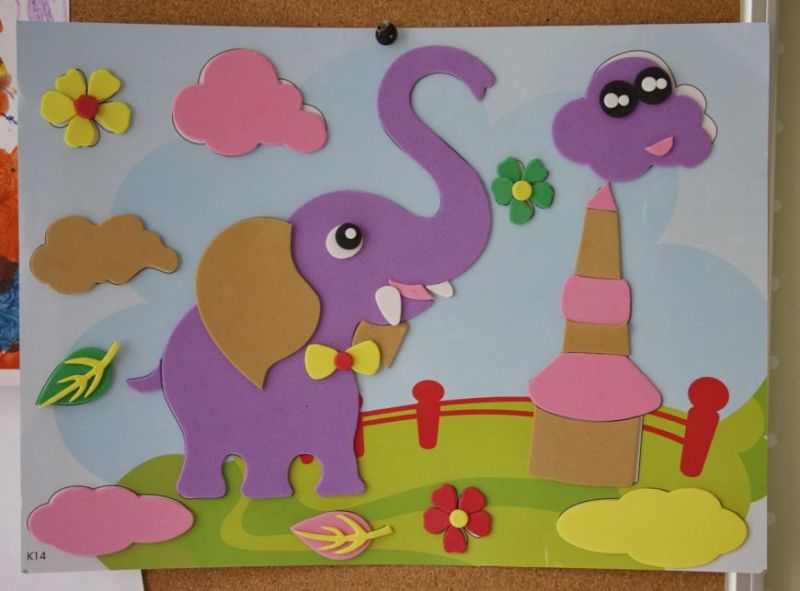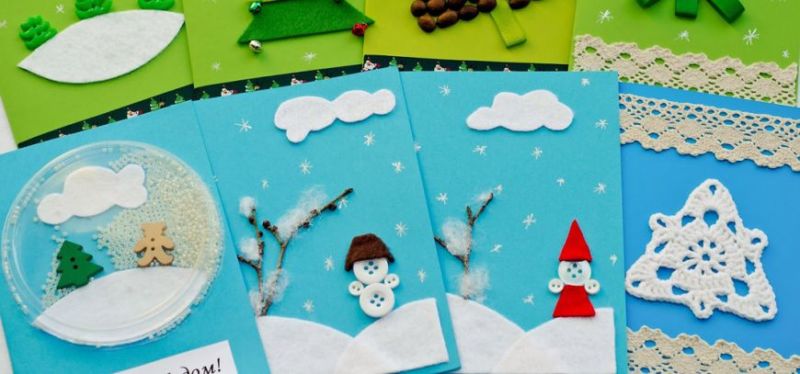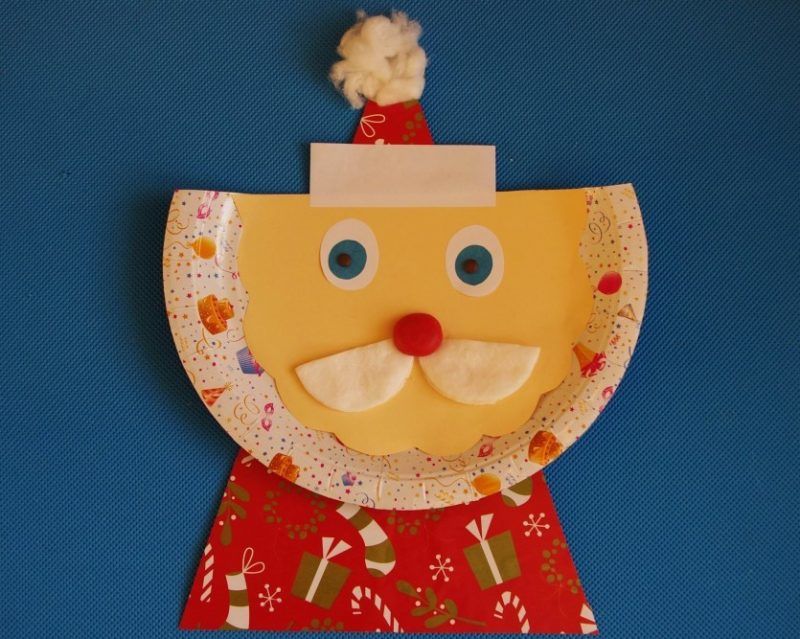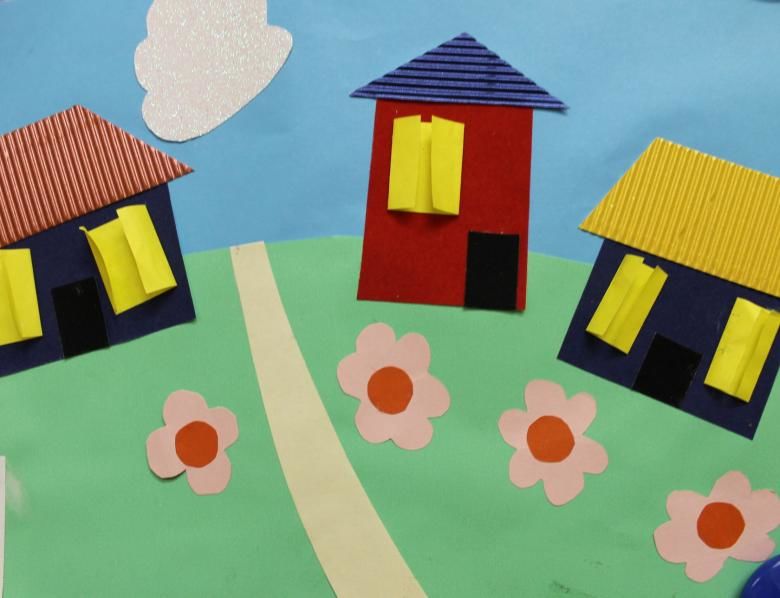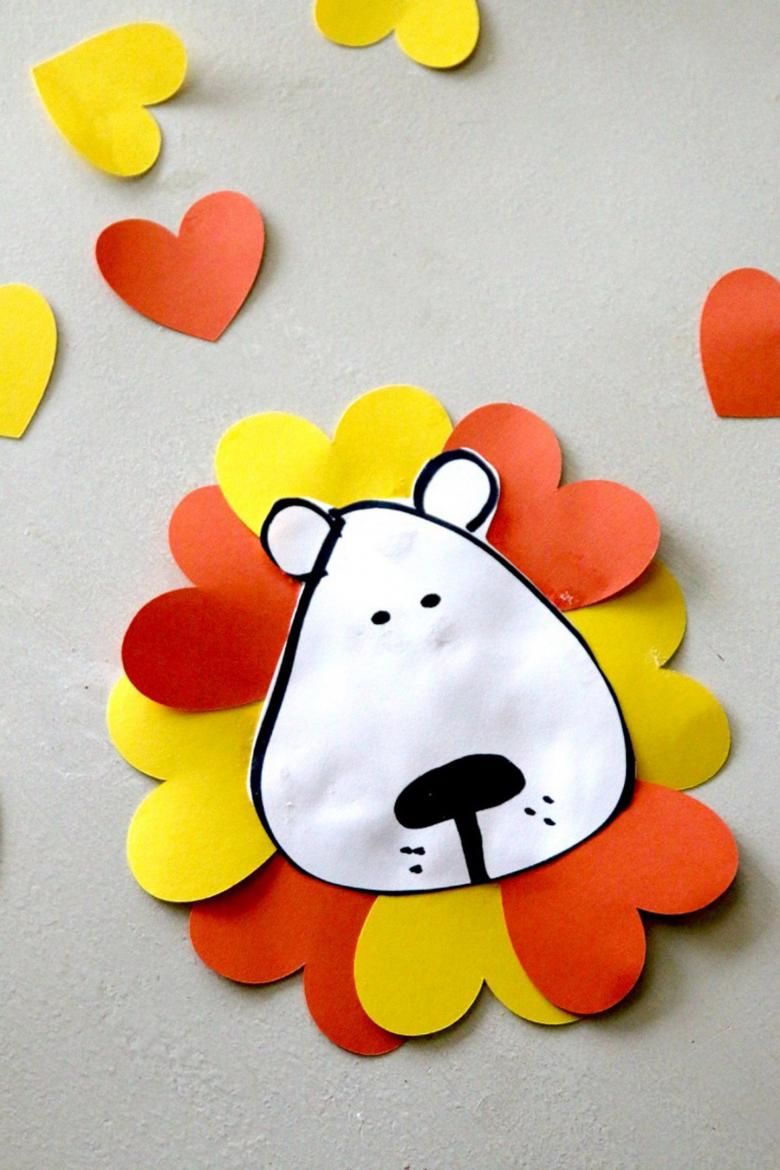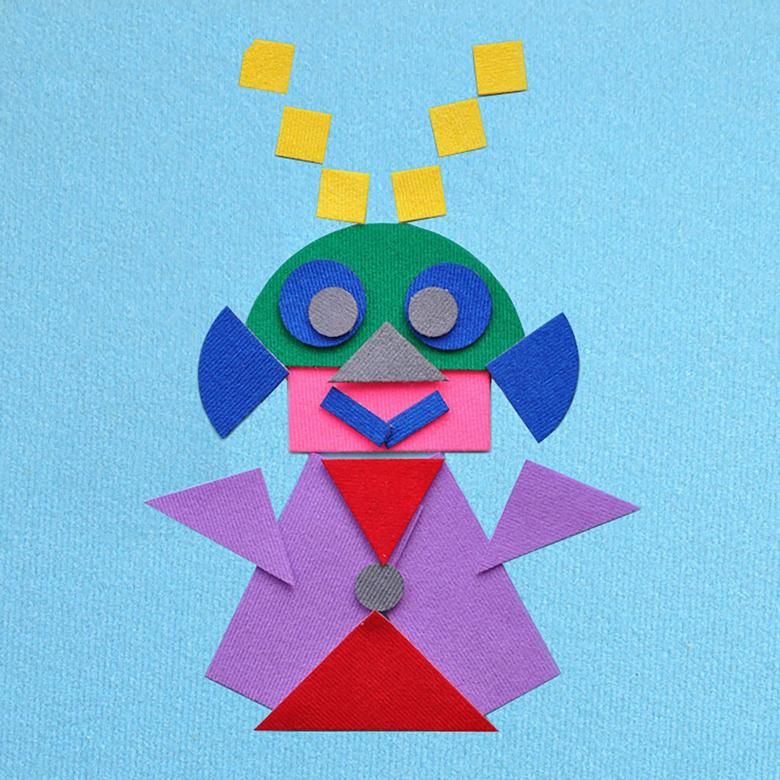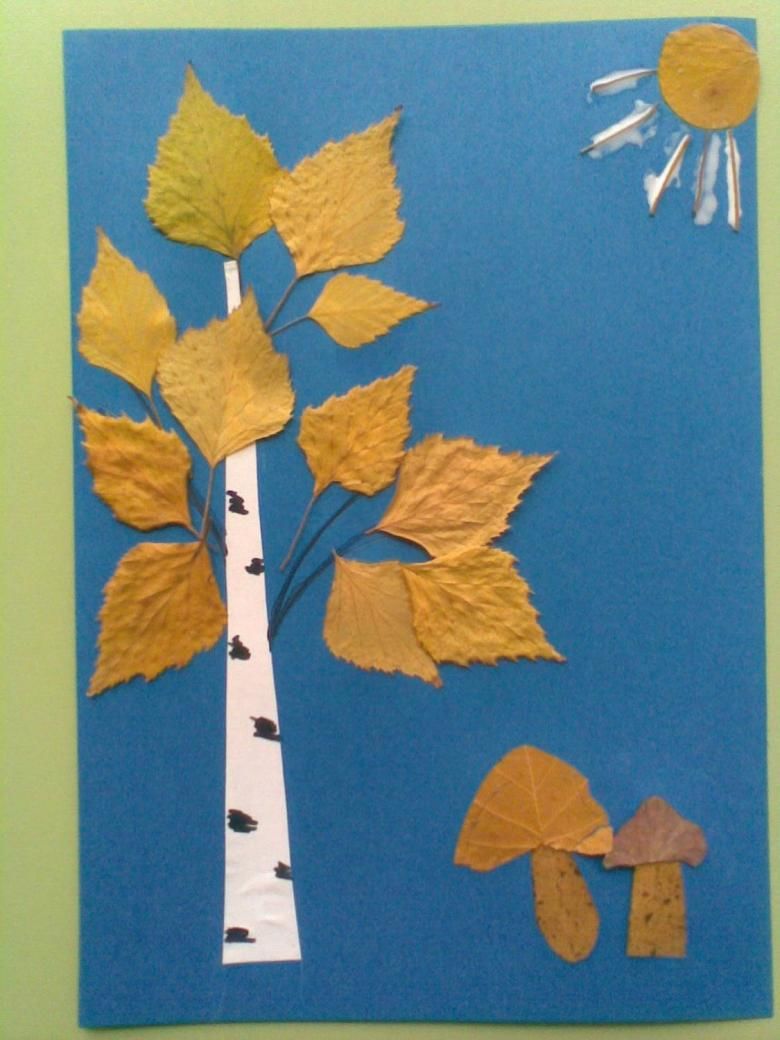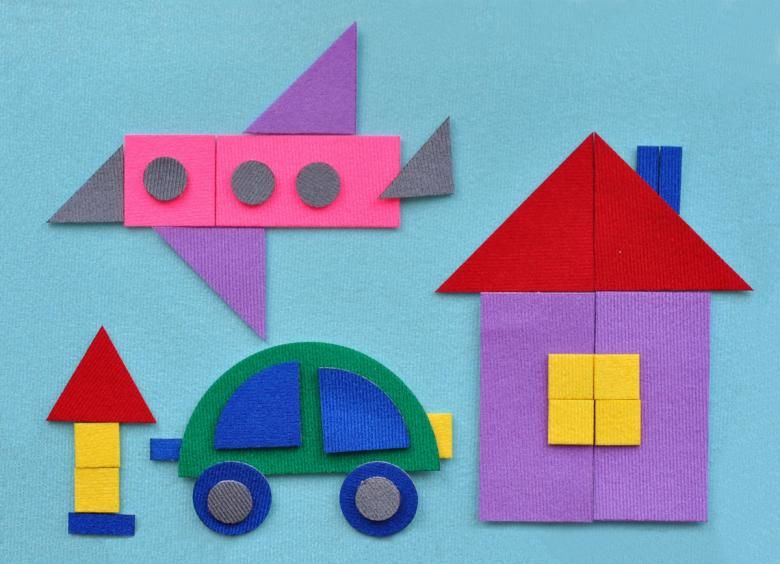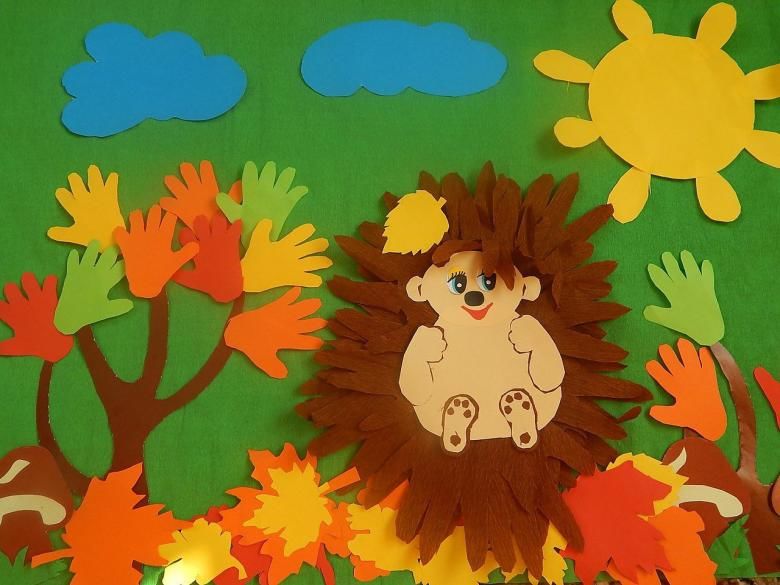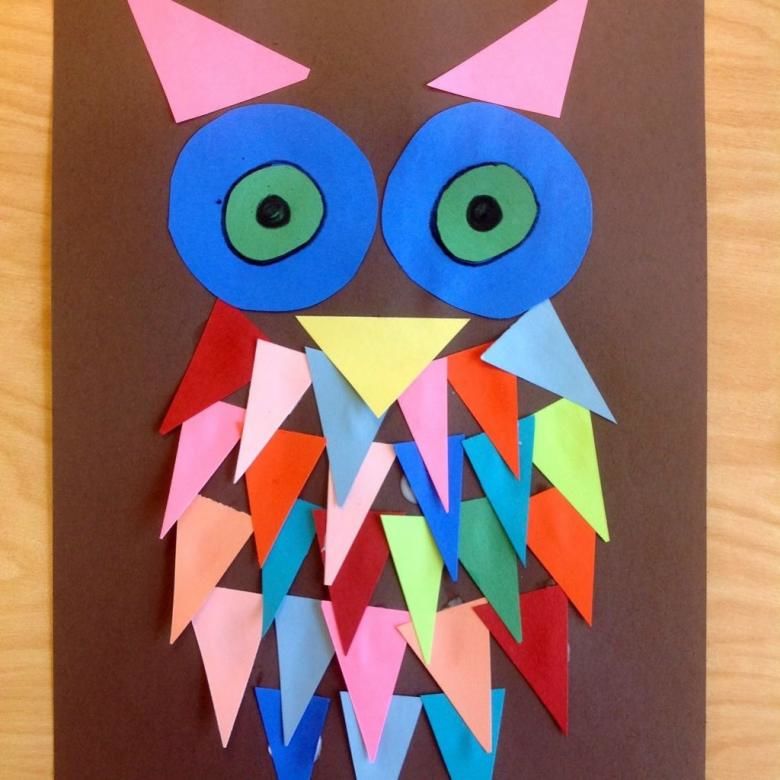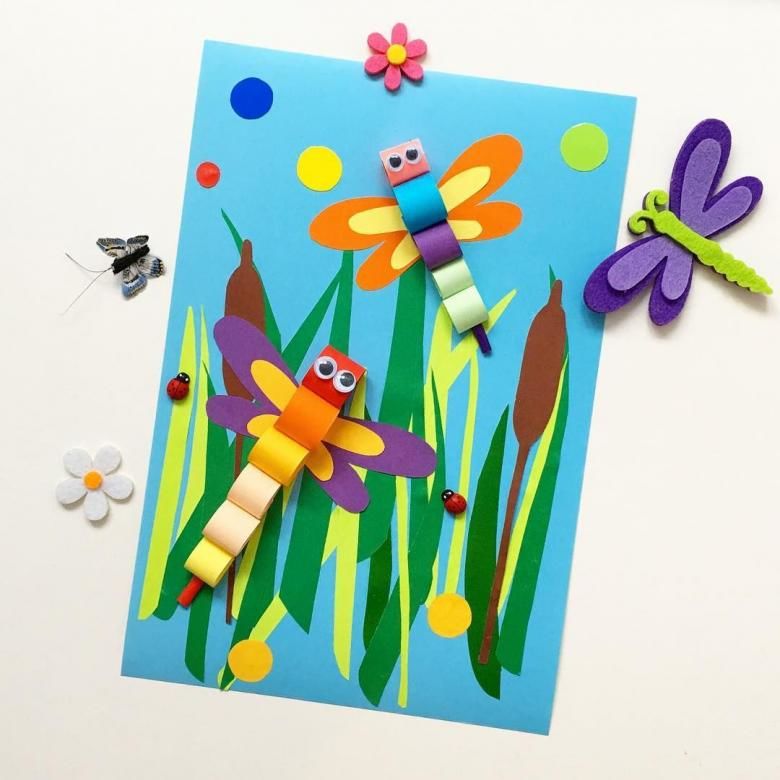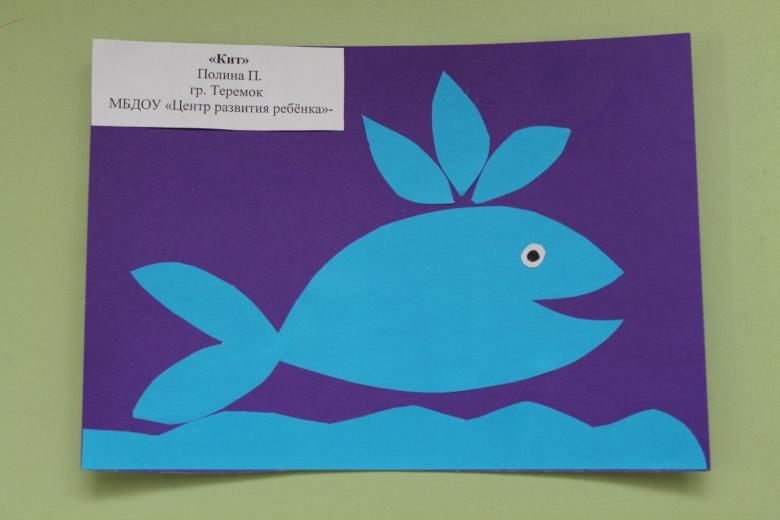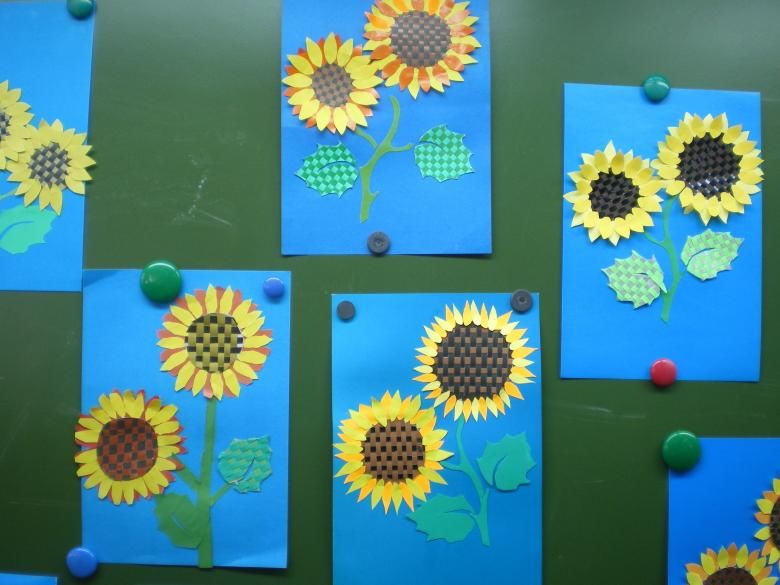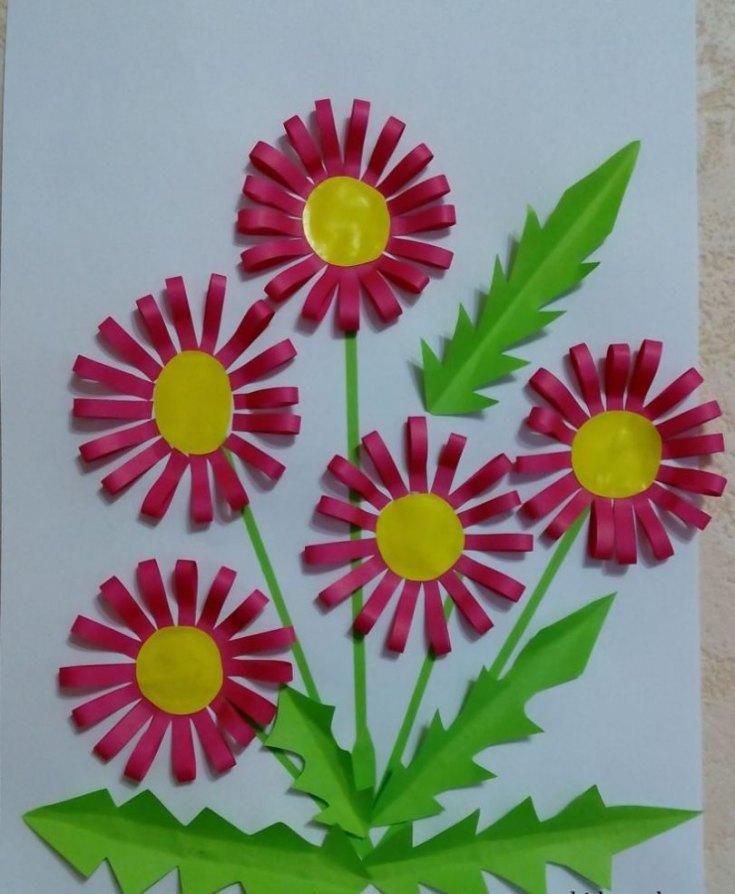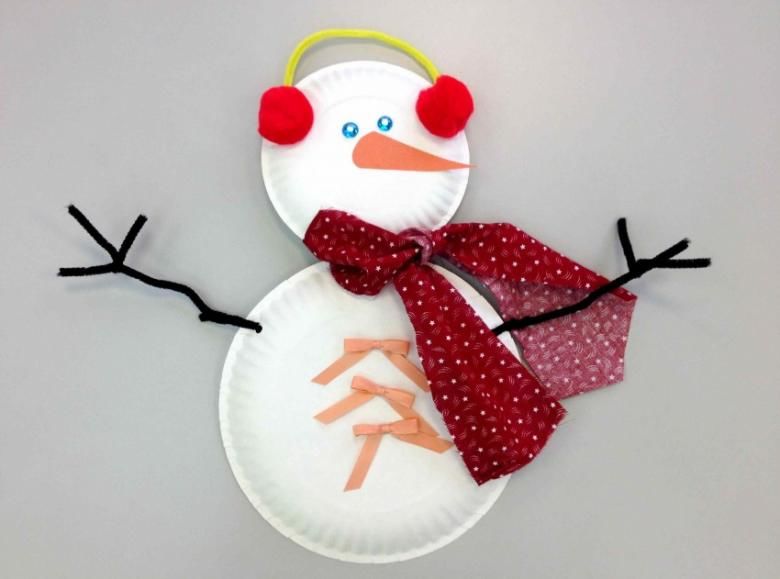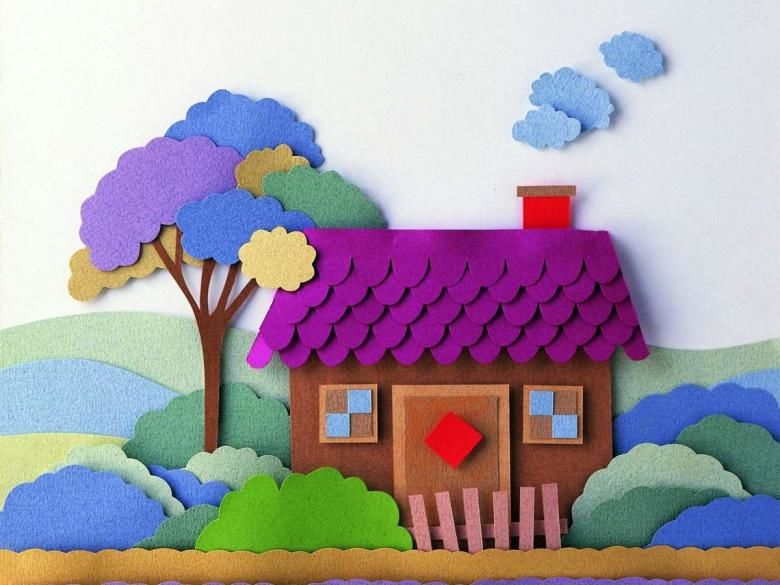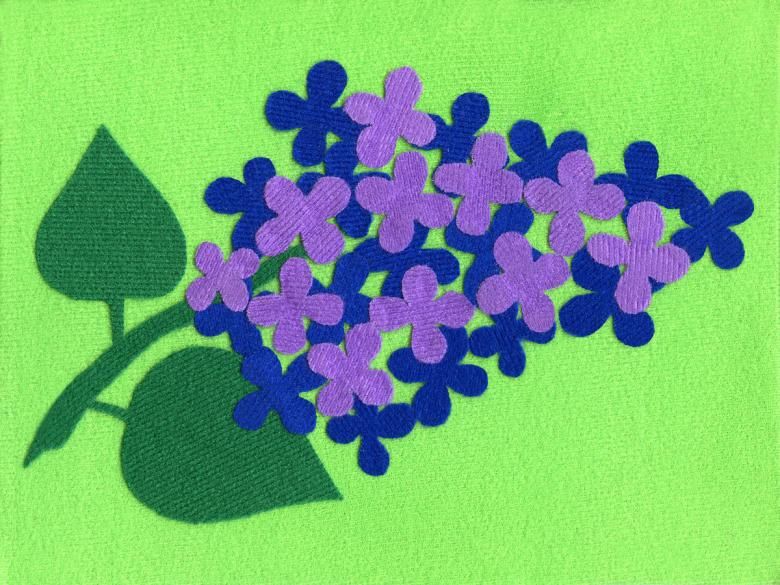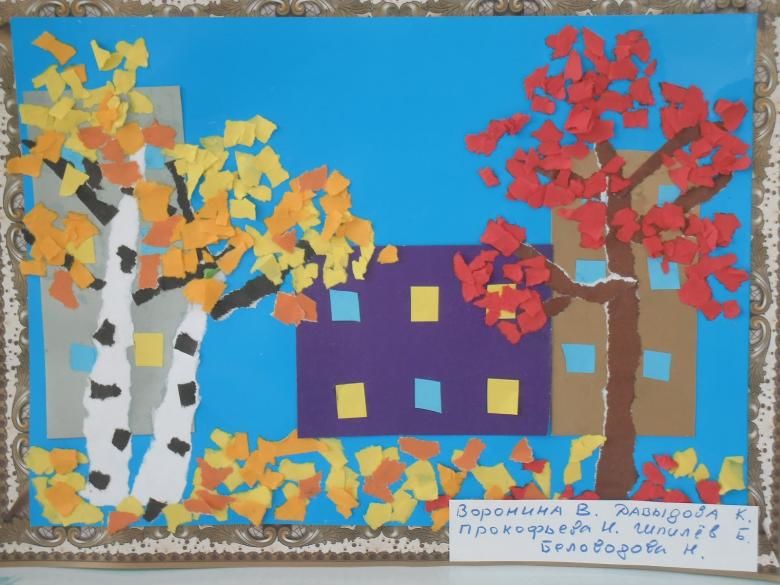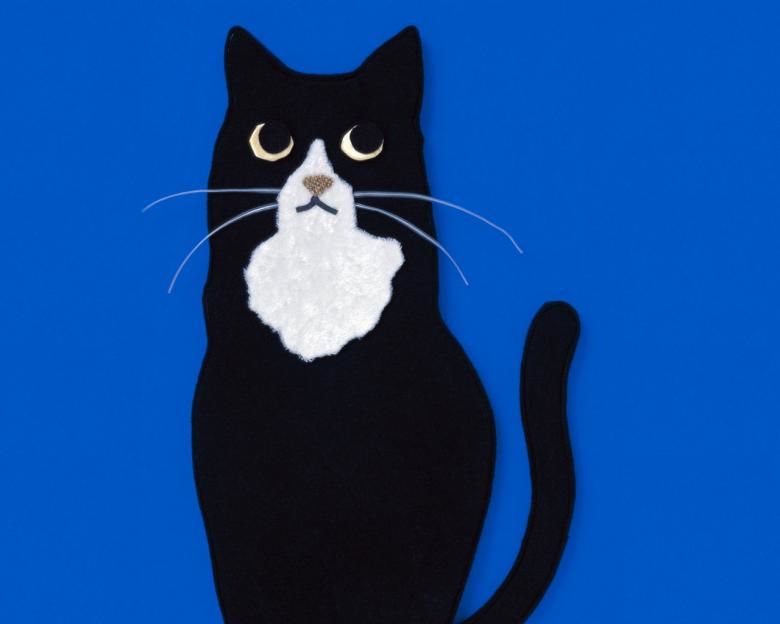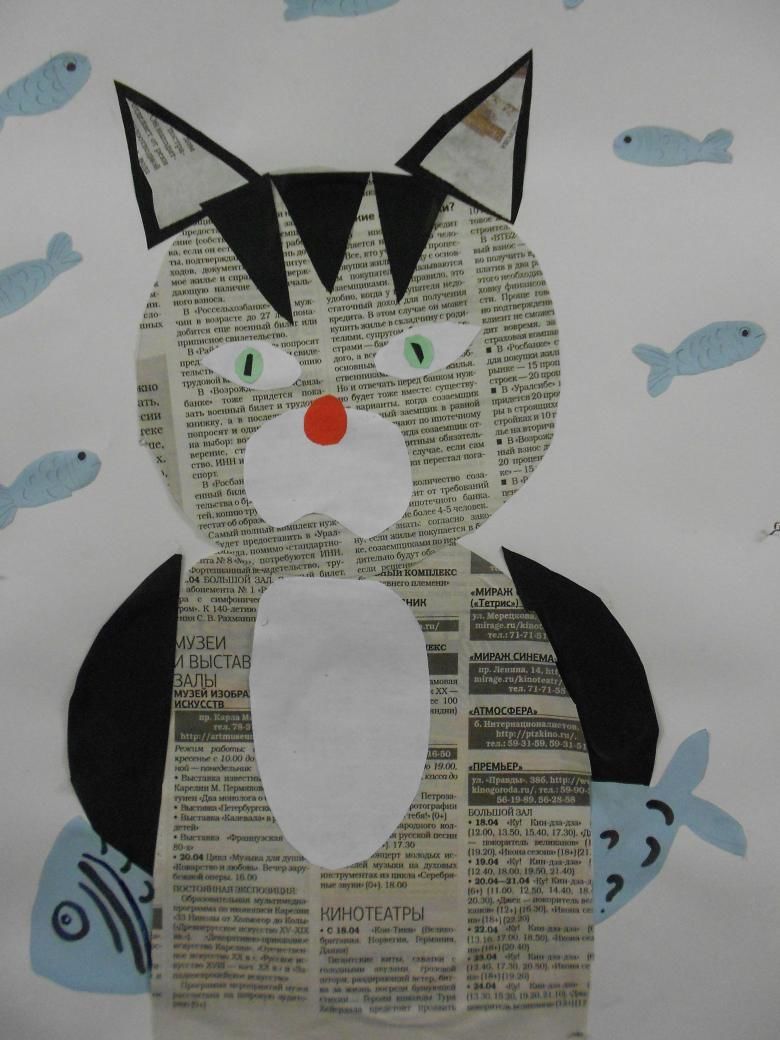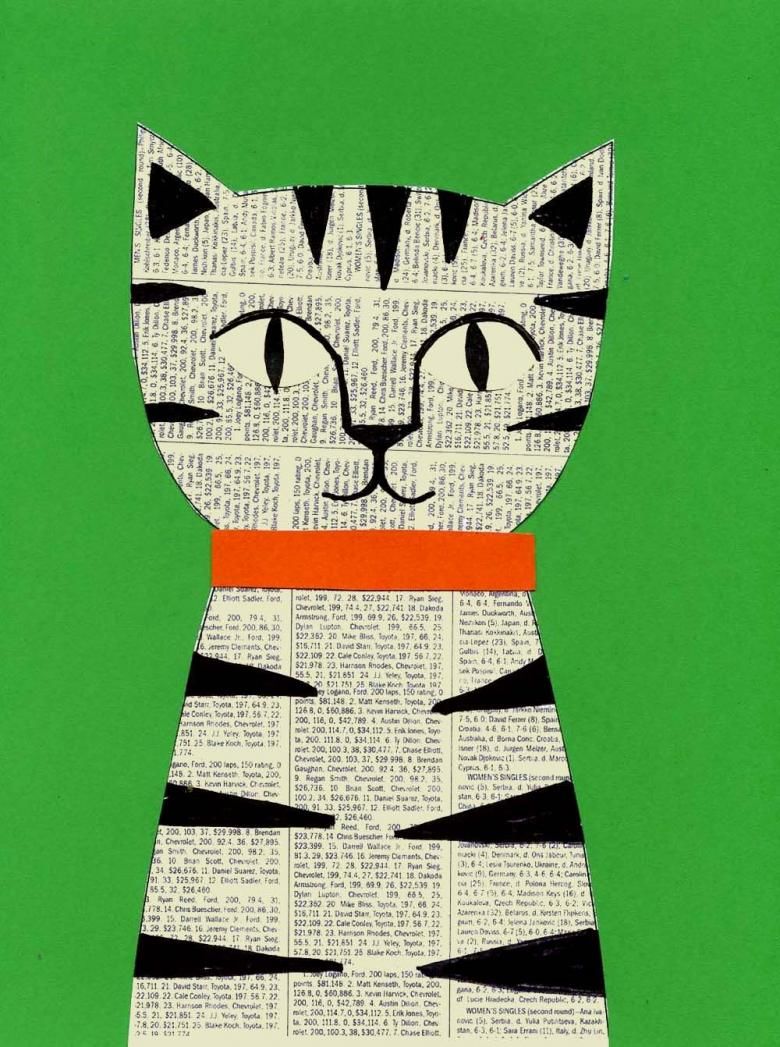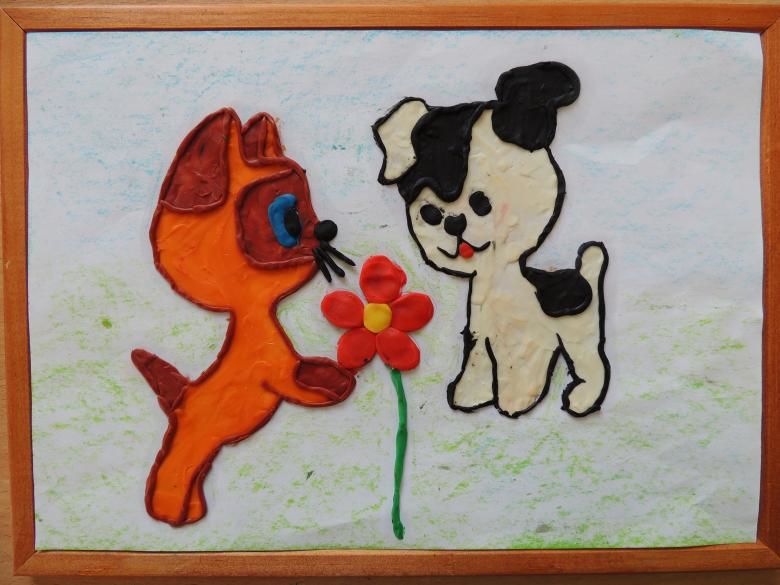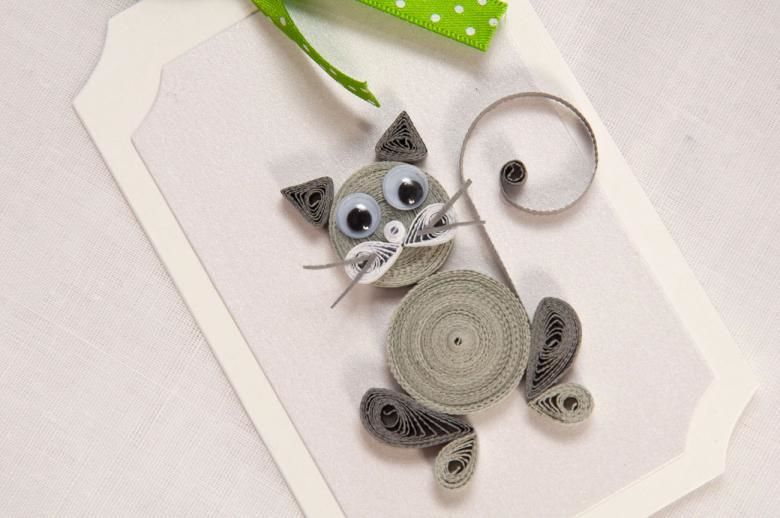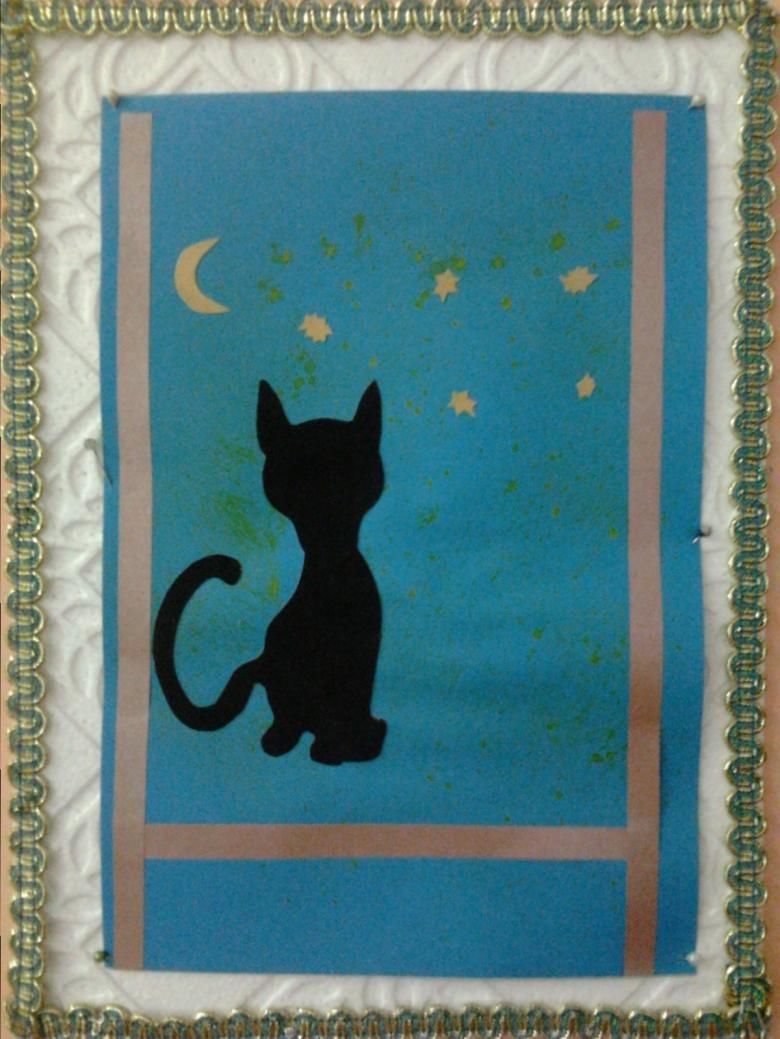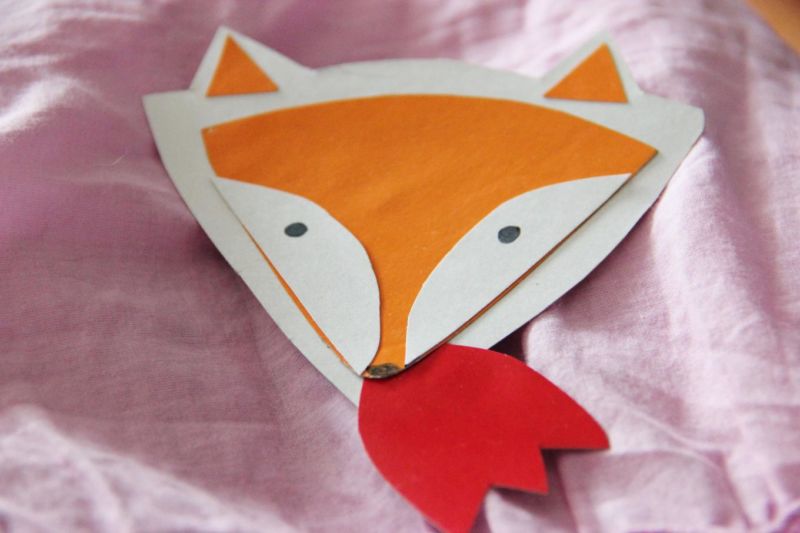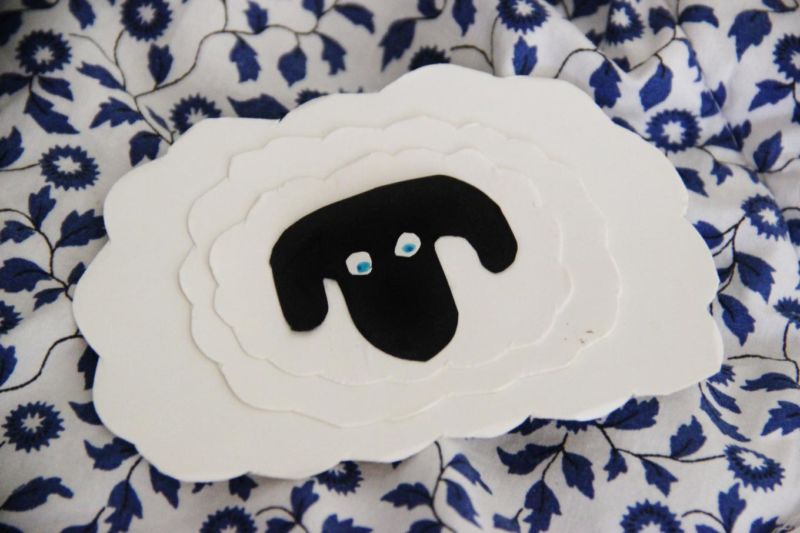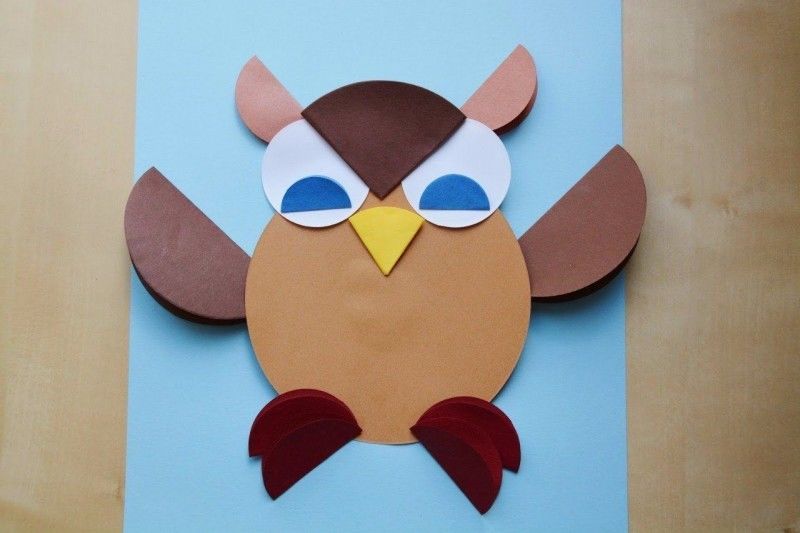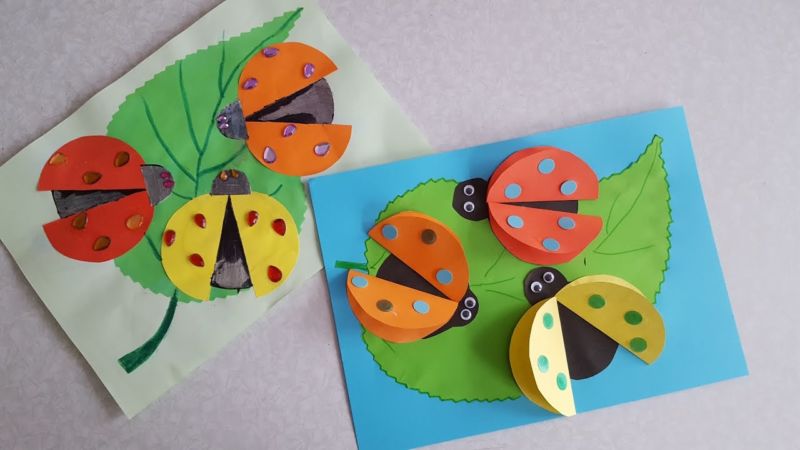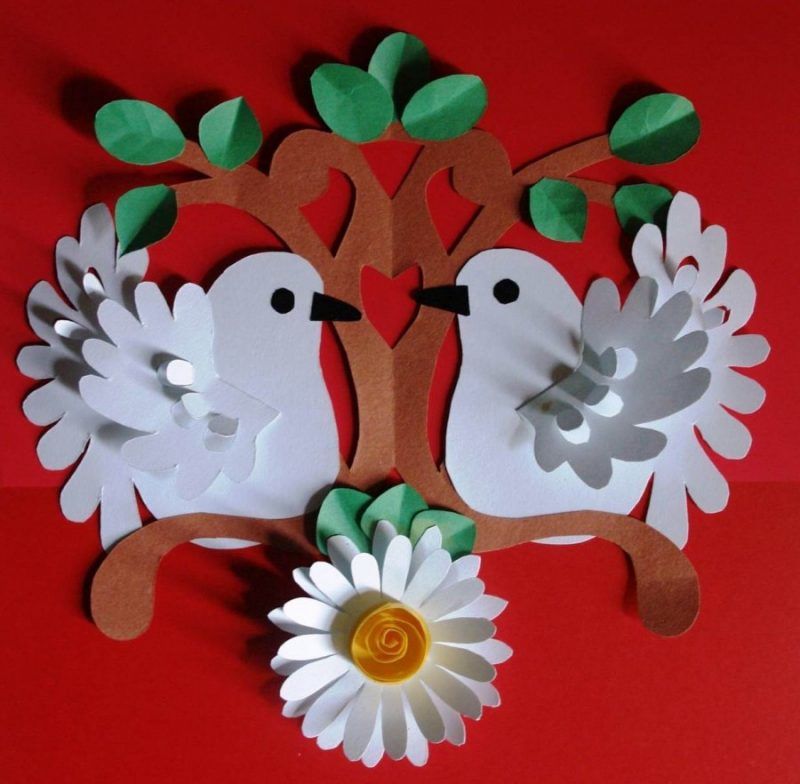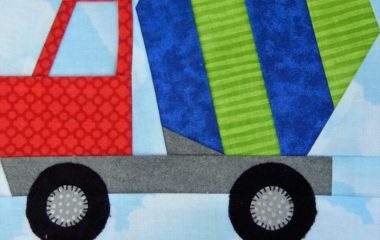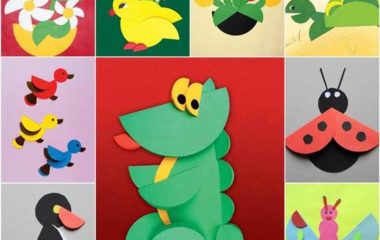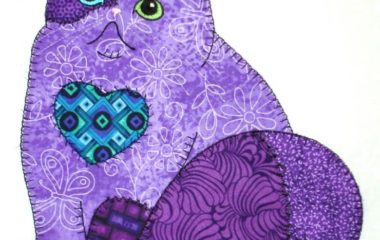Hand Painting 1, 2, 3, 4 class - easy workshops for creating beautiful children's crafts
Pencil and collage - this is one of the most interesting and exciting types of art, because using cut out of any material, you can create with your own hands any image. All that is required for applique - the right materials and creativity.
Applique is a relatively budget-friendly and at the same time useful kind of art for children, because the necessary materials are not expensive, and the field for creative realization and development of creativity is extremely wide!
The benefits of creating applications for students
Beginning in preschool, children are encouraged to do this type of art. Pencil work is of great interest to children and quickly draws even the most restless kids into a world of creativity and creativity!
What are the benefits of creating applications for schoolchildren?
- The development of motor hand skills
The process of creating an applique consists of a complex of different actions: cutting out different figures with scissors, determining their location, attaching figures to paper with glue and finishing the resulting applique with colored pencils, felt-tip pens or pens.
- World Cognition
In addition to the fact that you can create any image you like, you can use a whole range of materials: paper, scraps of fabric and natural components.
Paper can be colored, corrugated or kraft. When choosing fabrics there are even more choices: cotton, wool, velour, felt, silk and so on.
Among the natural components most often used are sunflower seeds, pumpkins, various cereals, pre-dried flowers, leaves and twigs.
The use of all of the above materials broadens the child's horizons. Children get acquainted with different types of materials of natural and unnatural origin and with all kinds of geometric shapes. With their help they embody their images in reality.
- Development of creative thinking and imagination
Creating applications is possible on any theme. Within a certain theme, whether it is fruits, vegetables, animals, landscapes or people, schoolchildren are given the opportunity to fully embody their vision of a particular theme on paper.
If a child has a talent for creating visual images, then appliqué is a great way to reveal and multiply their abilities.
Even if some of the kids don't always manage to create something interesting, the more applique is practiced, the faster the capacity for creativity develops, and the imagination is enriched with new ideas and solutions.
The development of creative thinking is extremely important from a young age, because in adulthood, many issues are much more effectively solved using a creative approach.
- Aesthetic education
The process of creating an image requires a great deal of effort: choosing the shape of the material, selecting colors that are harmonious with each other, and combining all the blanks into a coherent work of art.
Each action in this creative process is aimed at the development of aesthetic taste and the ability to intelligently combine colors and shapes.
- Development of concentration and accuracy
Classes in applique require neatness. Working with scissors, glue and other materials, a child makes an effort to create a neat image out of neat blanks.
Maximum concentration on the creative process is also important. Only by fully immersing oneself in the process and concentrating all attention on the "here and now" moment is it possible to create something truly interesting and extraordinary.
In the different stages of elementary school, application classes always have a place. But depending on the class, the process is somewhat modified, corresponding to the age and developmental level of the younger students.
Applique for 1st grade
For children who have just come to school from kindergarten, it is necessary to organize exciting and interesting activities.
The main goal is to attract children to creativity as much as possible, capture their attention and teach them to be active thinkers, proactive, malleable and eager to make creative discoveries.
If children are interested in this activity at an early stage, interest and involvement will grow later on.
The best method of conducting a lesson is a lesson in the form of a game with the addition of cognitive moments.
For example, when studying the topic "animals" or "plants" in the subject "Man and the world," in a creative class you can give a task to create a picture of an animal of your choice, while giving an additional task to memorize some information on the topic.
Then it is worth organizing a presentation of the work, where each of the children will present the image they created in public, accompanied by a short story.
Children of 6-7 years old love fairy tale and cartoon characters because they actively watch cartoons and their parents often tell them fairy tales. It is worth taking into account this feature and organize lessons on the appropriate topics.
Applique for the 2nd grade
Becoming one year older, children feel an even greater need to learn about the world around them and creative fulfillment. Lessons in applique need to be made more difficult.
For example, by adding even more materials for creativity and increasing the choice of subjects. After a year at school, children realize that by making an effort, it is possible to achieve something: both a good grade and praise from the teacher.
During this period, it is worth paying attention to technique and practical skills. Children should memorize key points, outline the course of action if necessary, and practice them in practice.
Applique for 3rd grade
Along with growing up, creativity grows. By third grade, children have already mastered the skill of working with scissors, colored paper, and glue. The outlook has broadened considerably and there is an idea of the world. At this point it is necessary to give children the freedom of self-expression and creative flight.
Lessons should be conducted using methods to develop imagination, as well as introducing children to different techniques of cutting and folding materials. Some of the most interesting techniques are ripping off shapes, folding into an accordion, cutting out complex shapes and decoupage.
Applique for the 4th grade
In the last stage of elementary education, children finally develop the skills necessary for creativity. All that remains is to focus on the further development of skills in working with materials and on discovering each student's abilities.
Classes should be conducted with the goal of maximizing creativity, so that each student creates a completely unique and extraordinary work.
At this stage, application classes should be moved partially to the home in the form of homework. Parents can help their child in the creative process, bringing their ideas and showing other methods of creating an image.
Plus, working on applique together is a great way to spend time together!
Regular applique lessons can greatly enrich the imagination and even develop neatness. It is quite a painstaking process, and in addition, when the work is finished, it is necessary to clean up the workplace.
Creative development when engaged in applique in childhood helps in adulthood people of all kinds of professions, for example designers, architects, engineers and constructors, because this type of creativity develops creative thinking.


